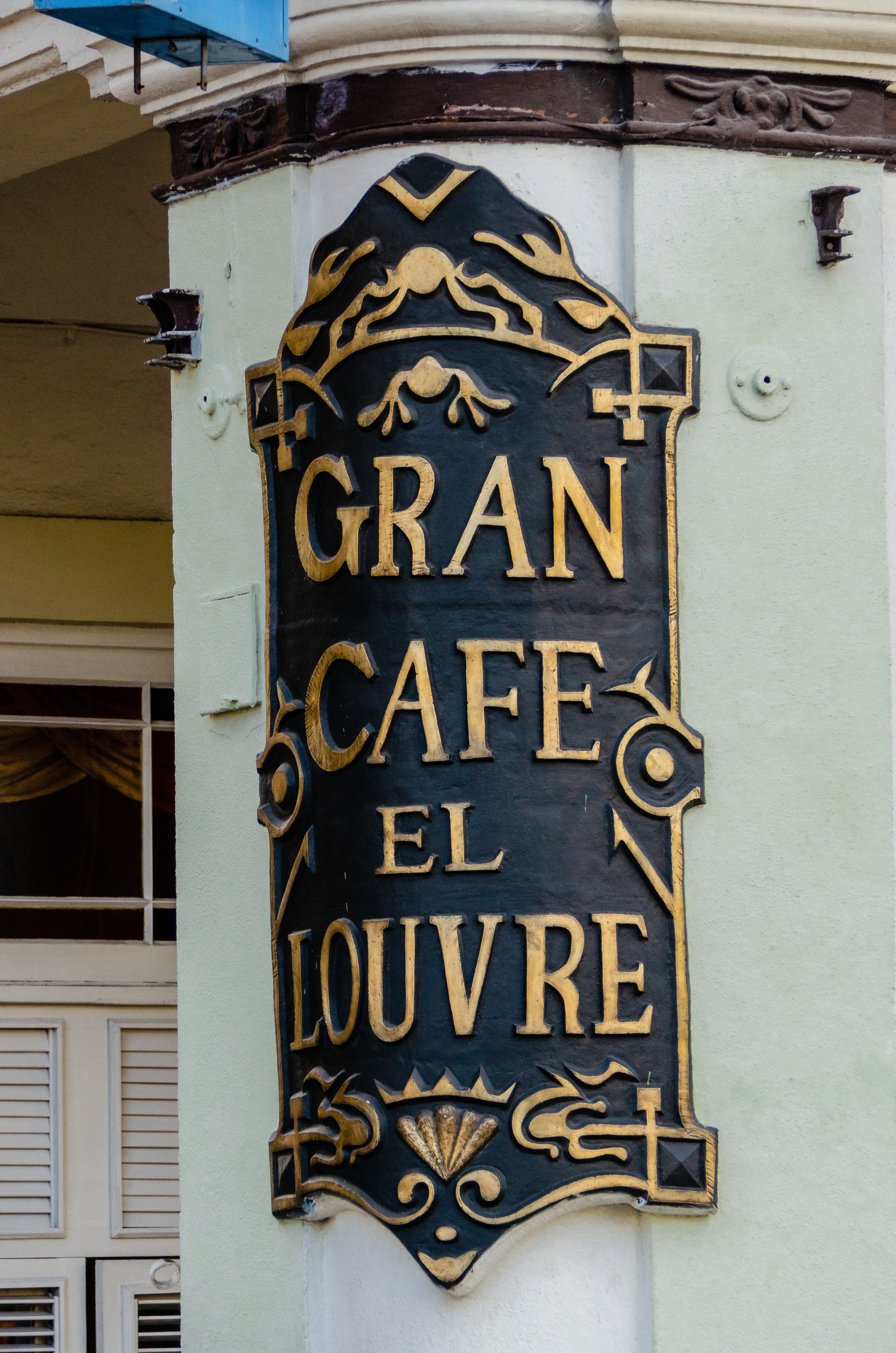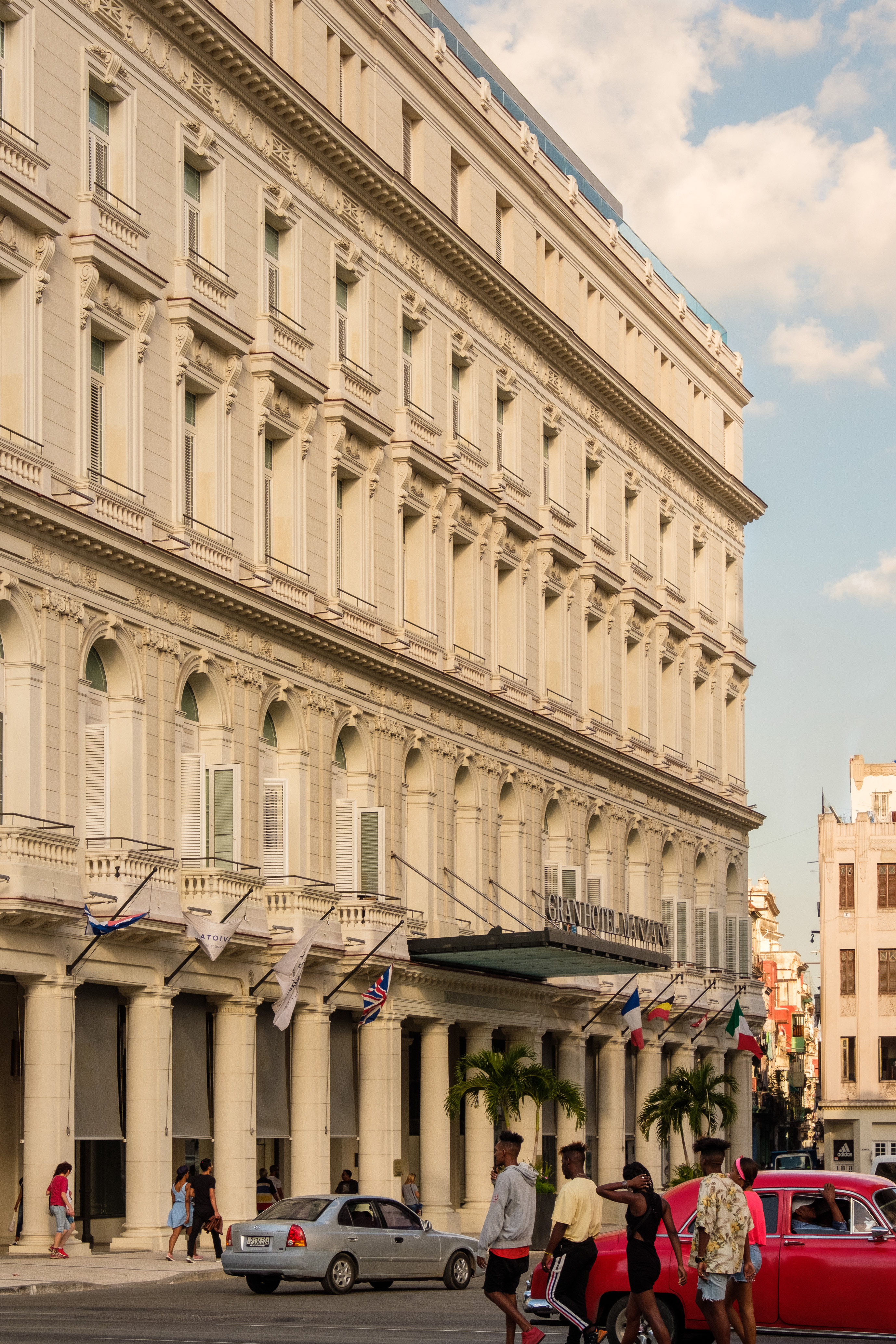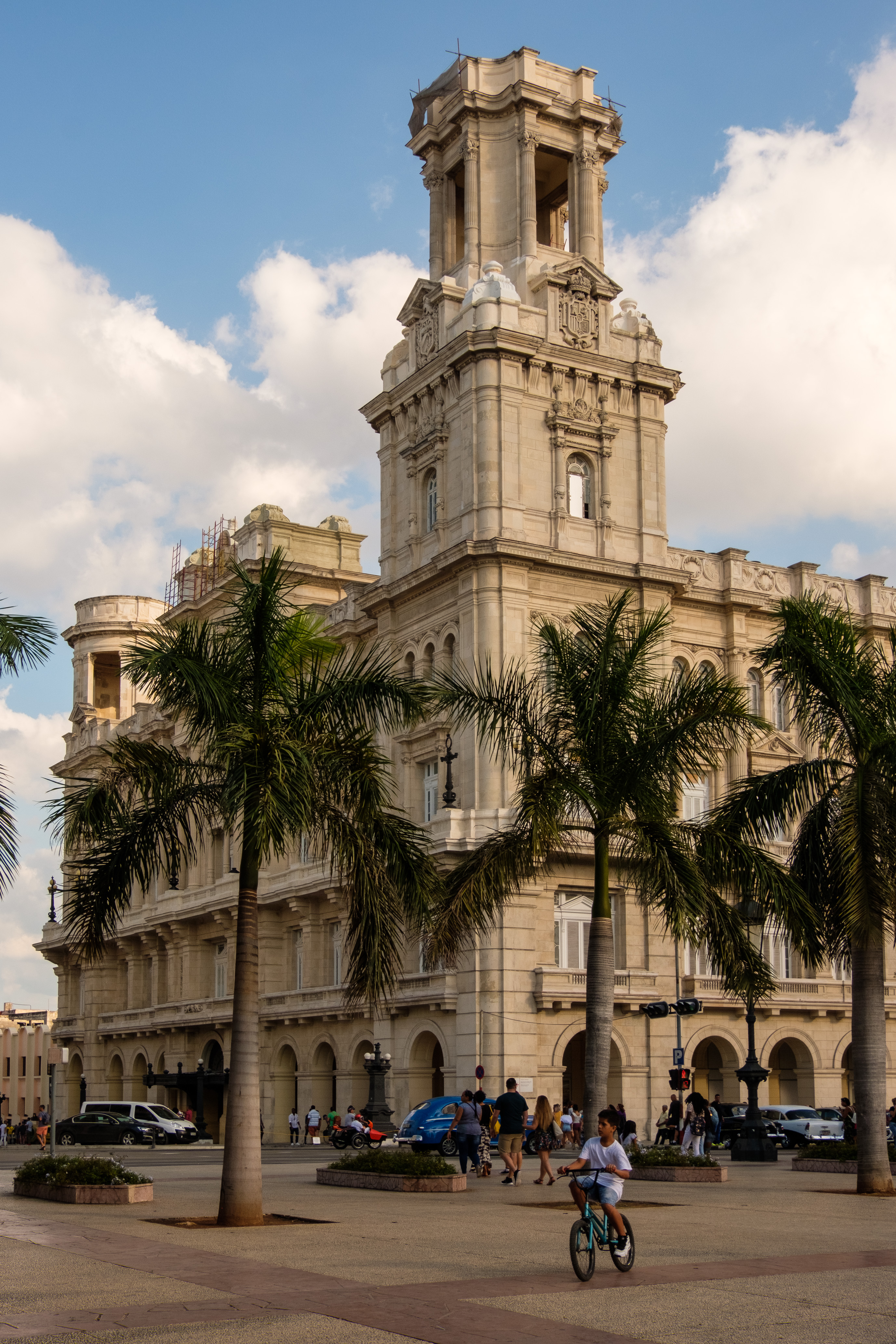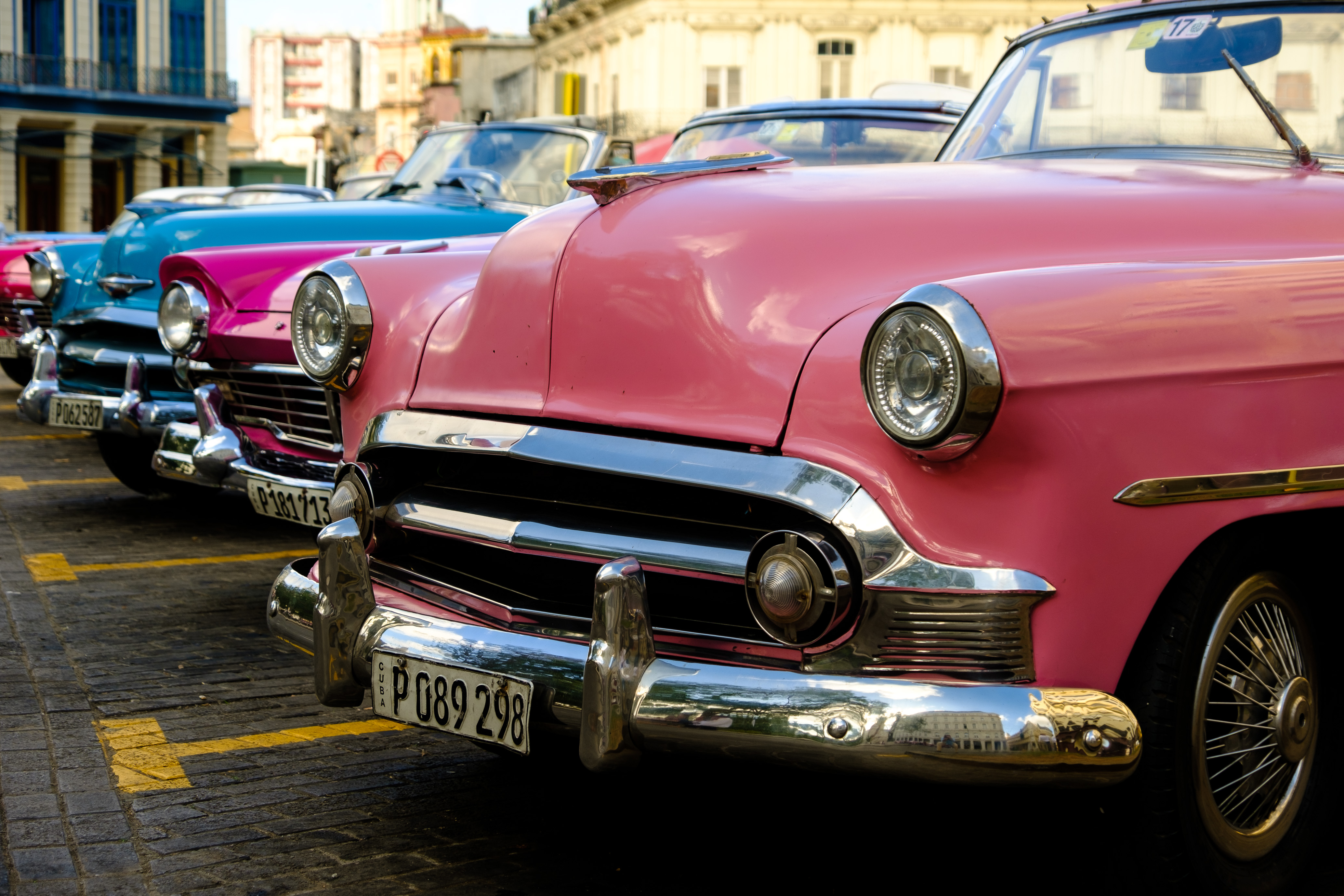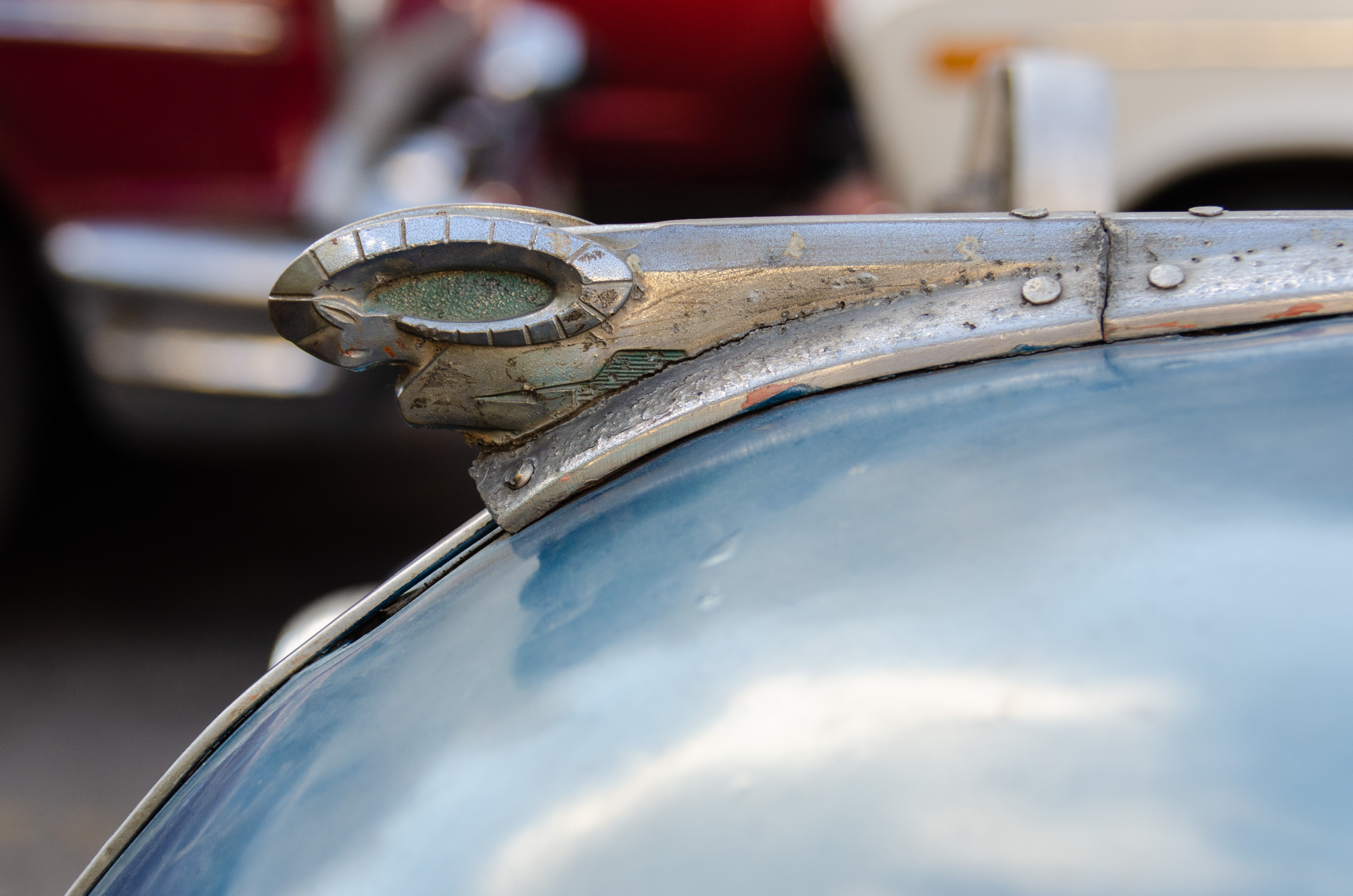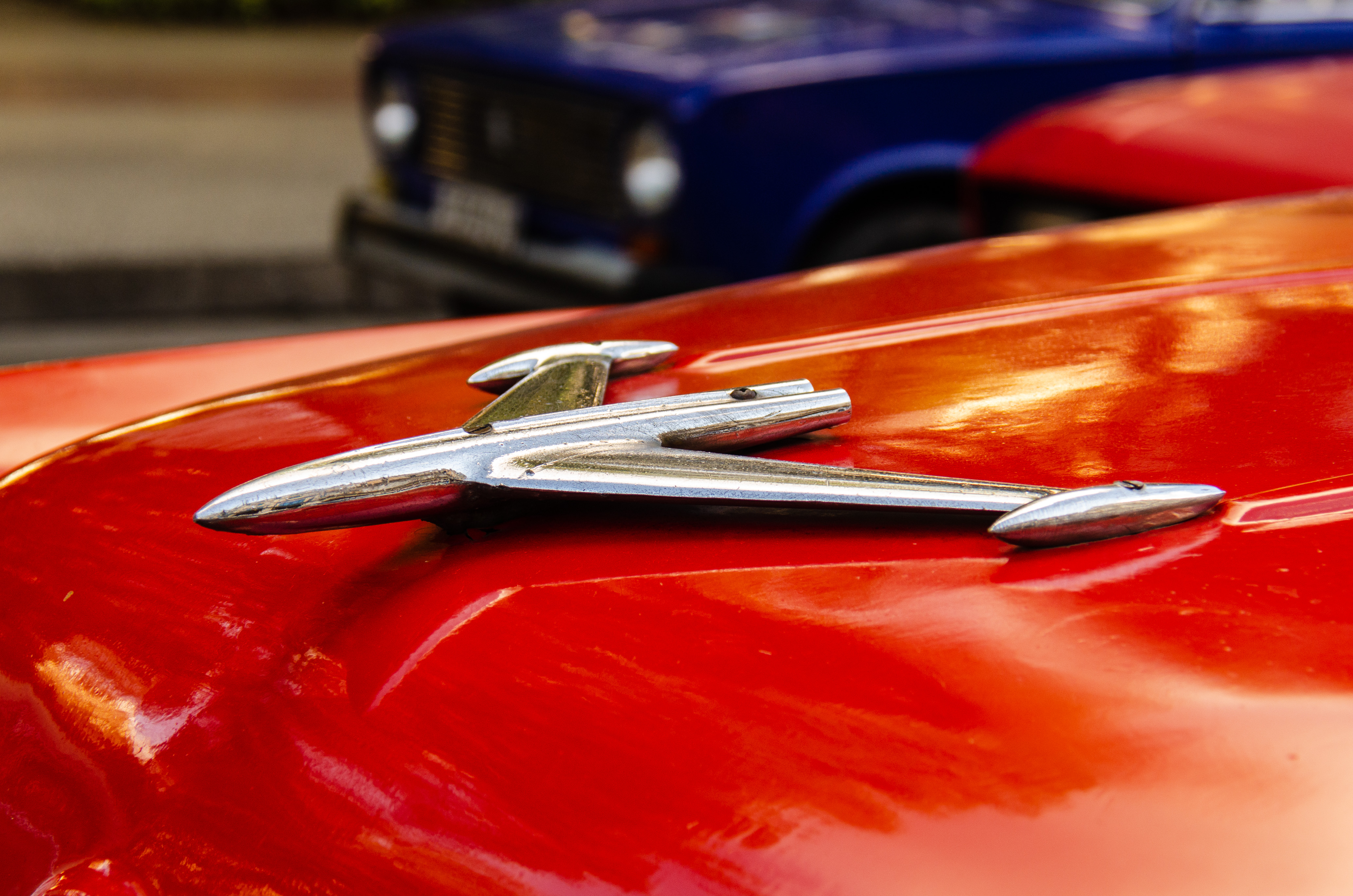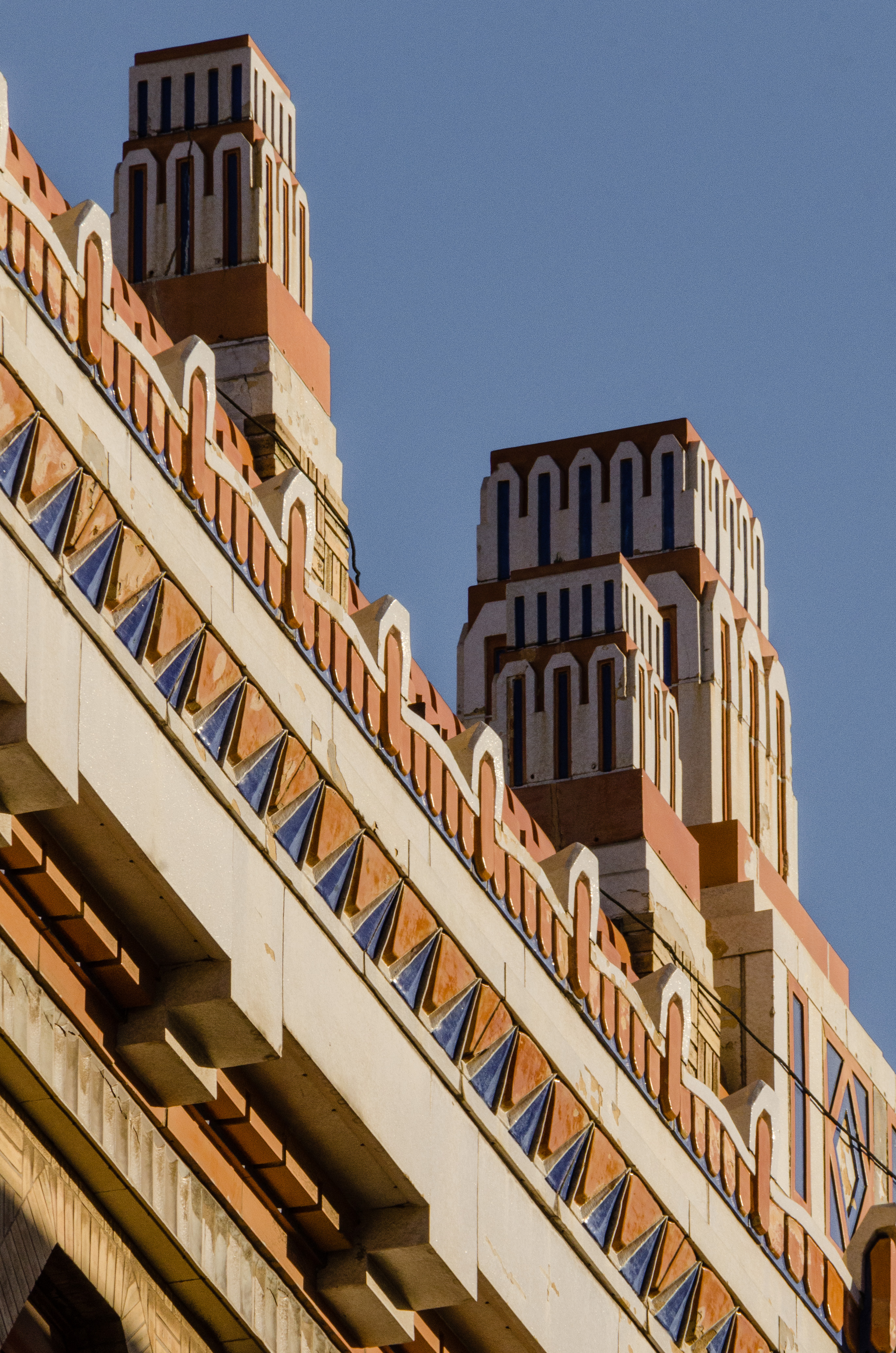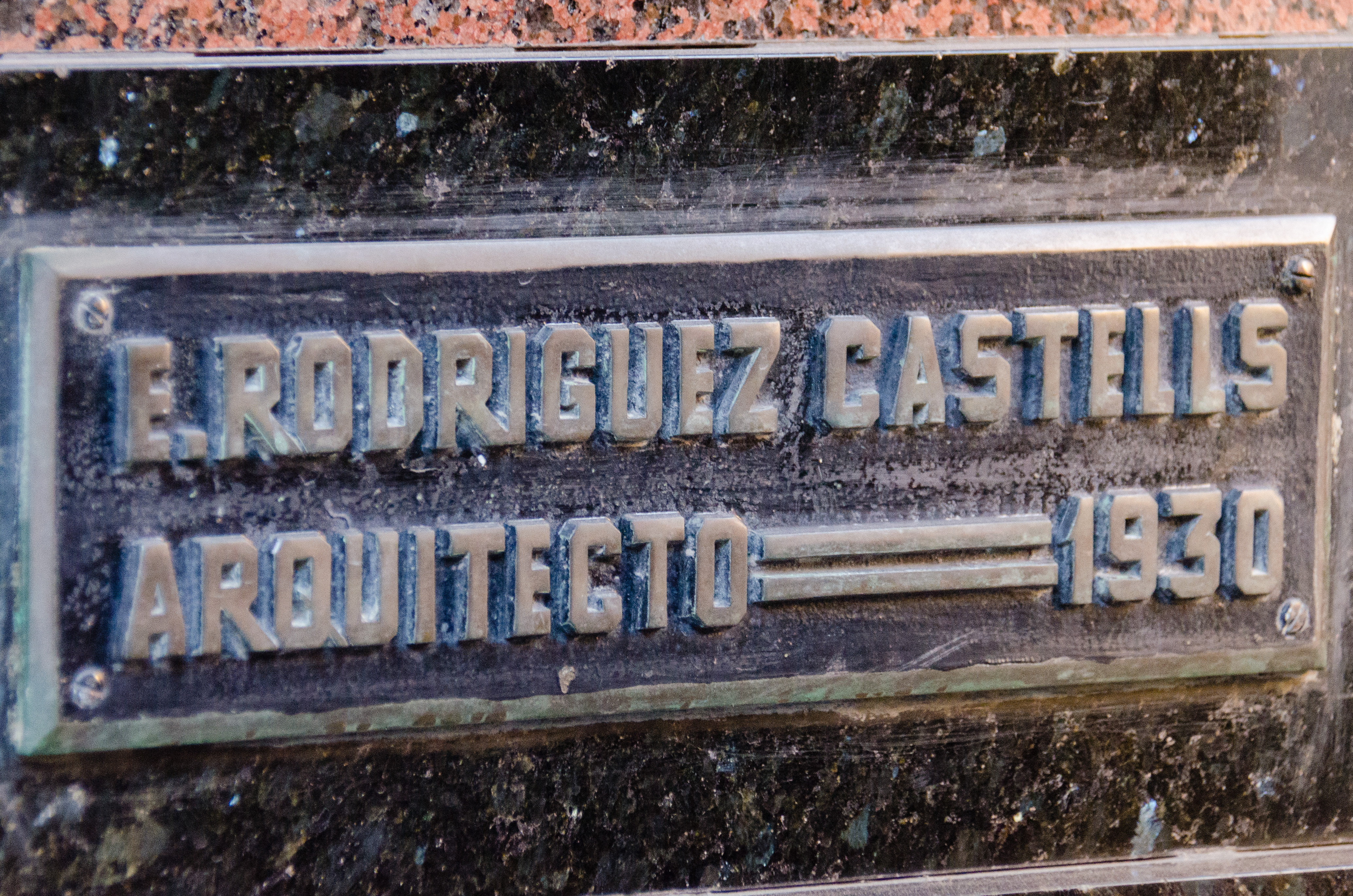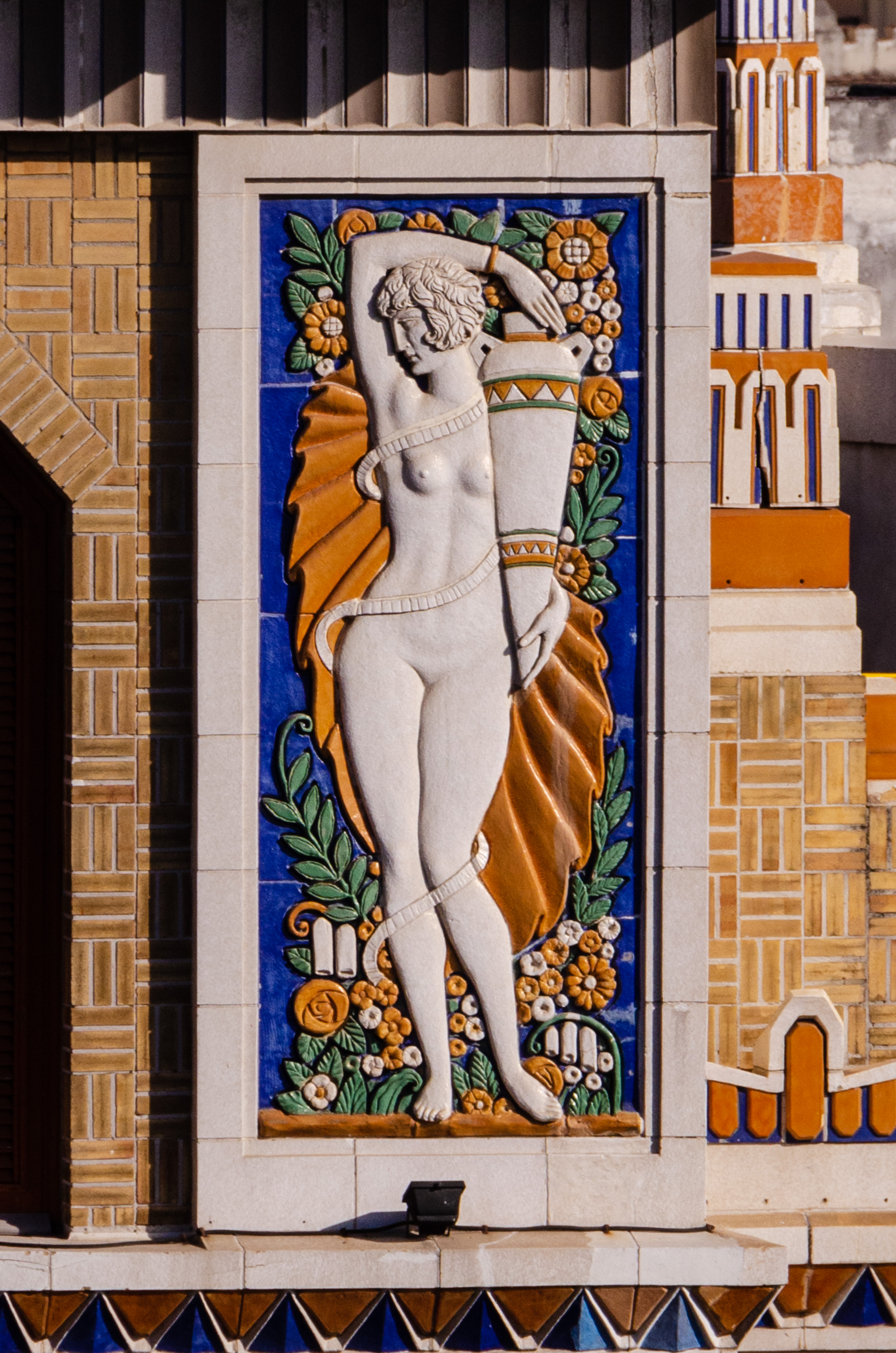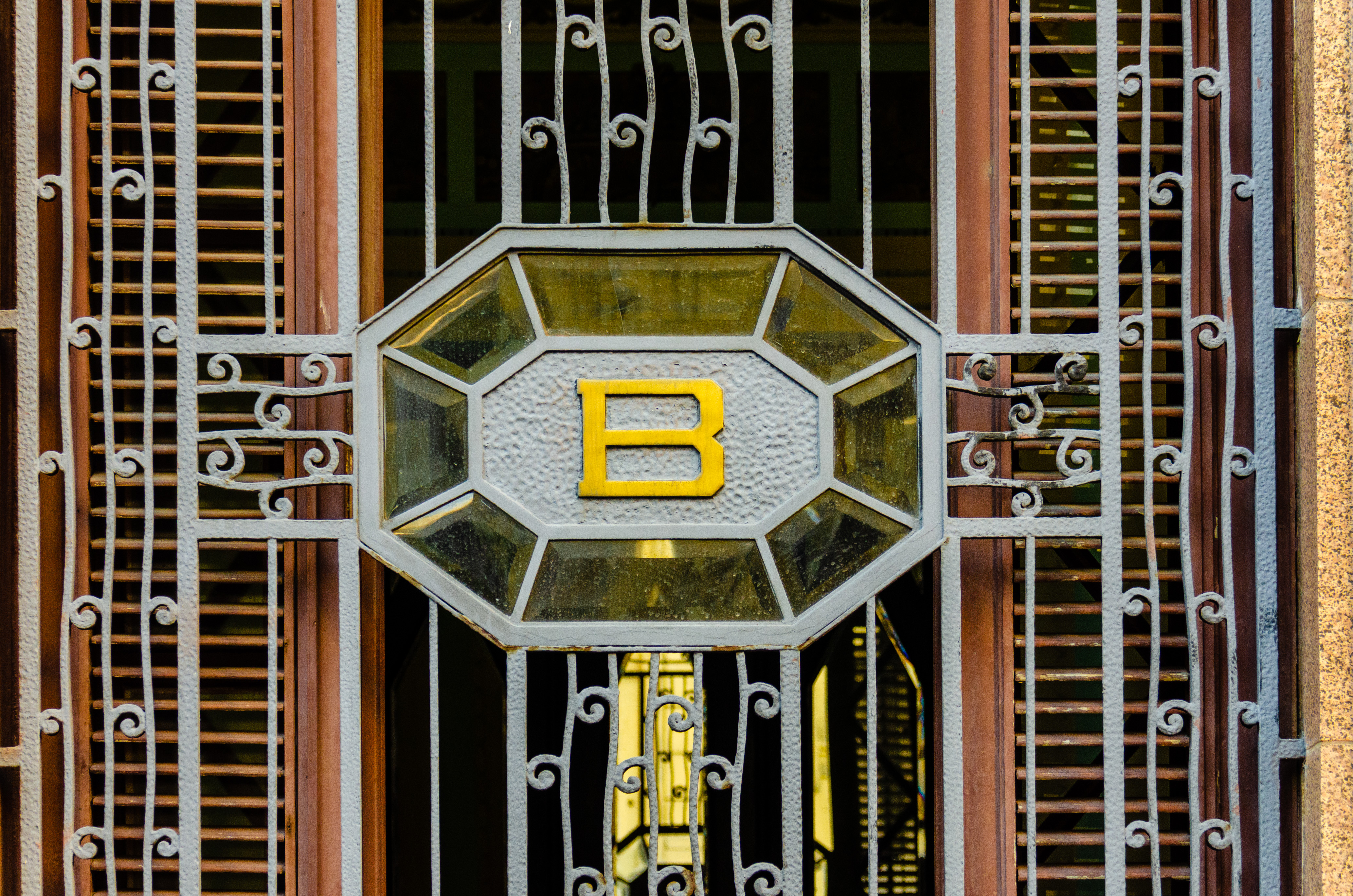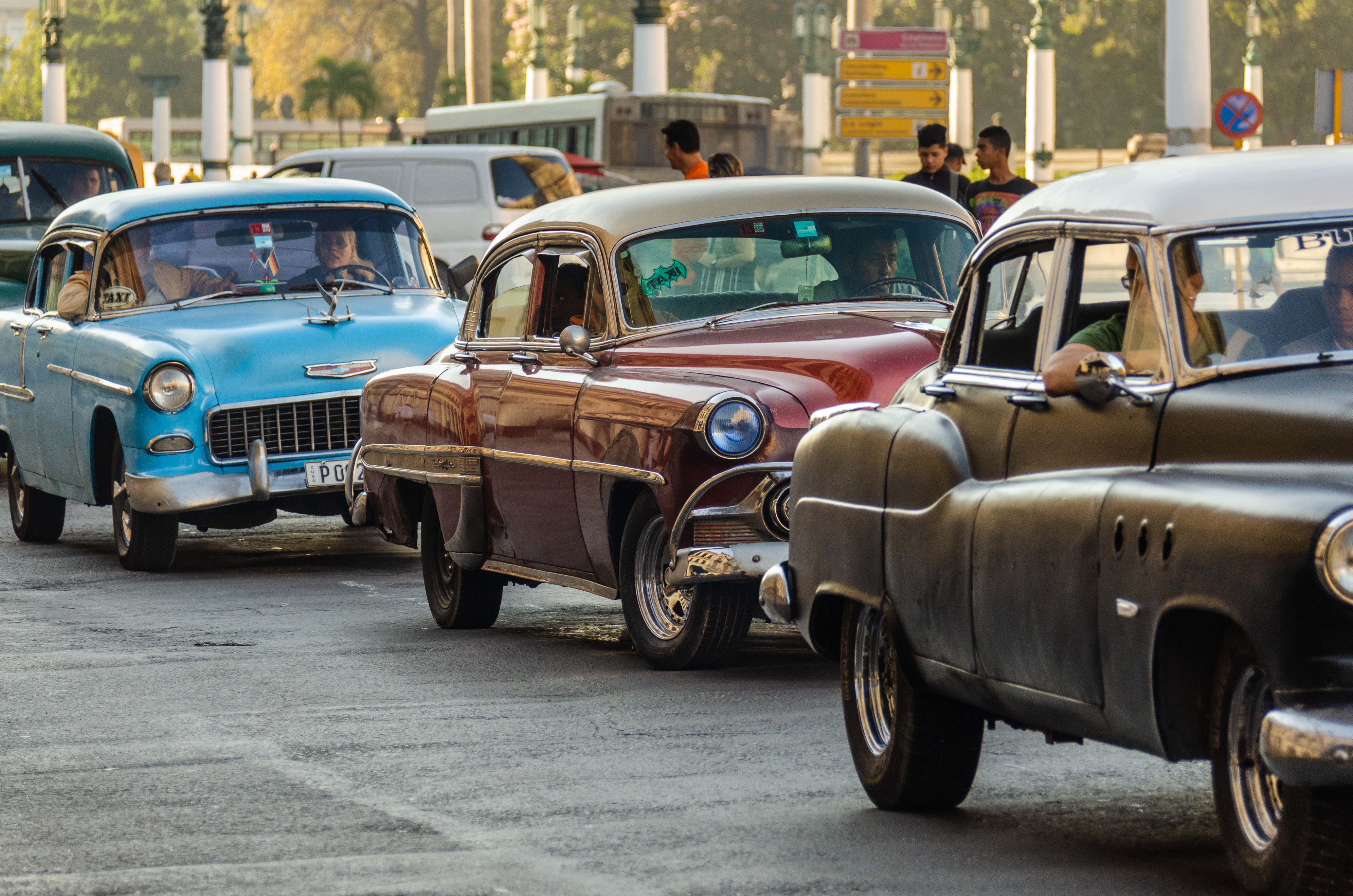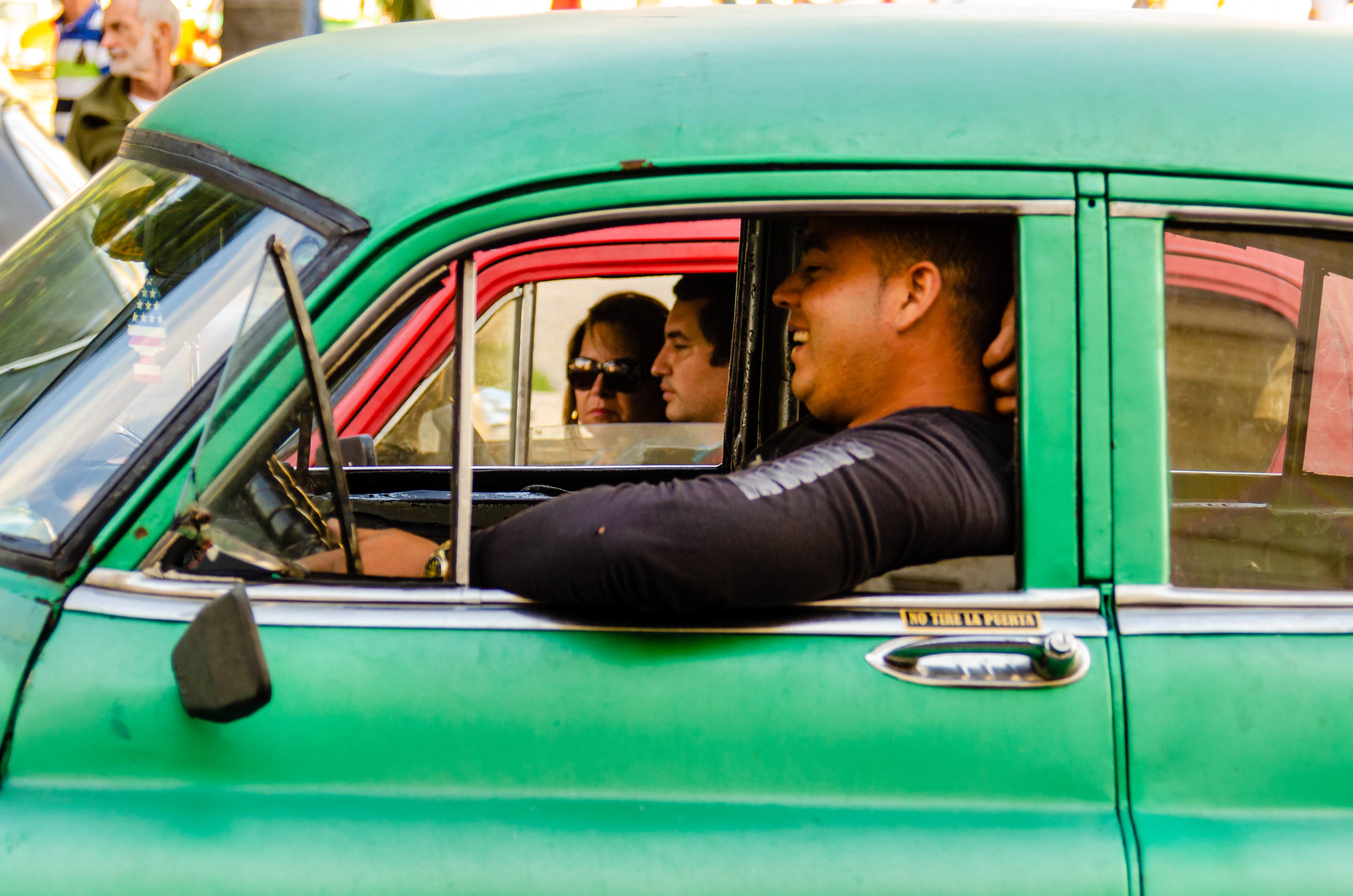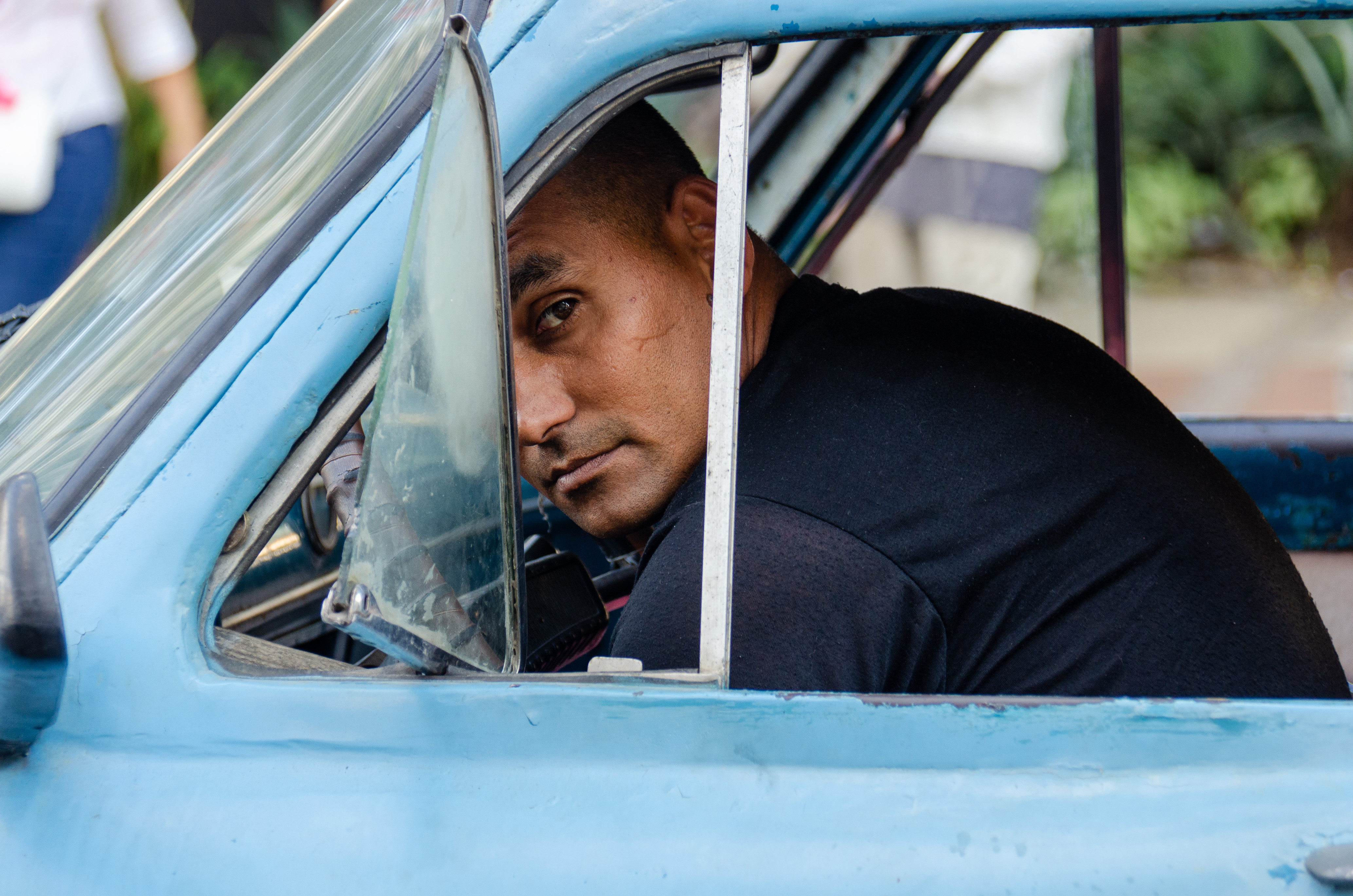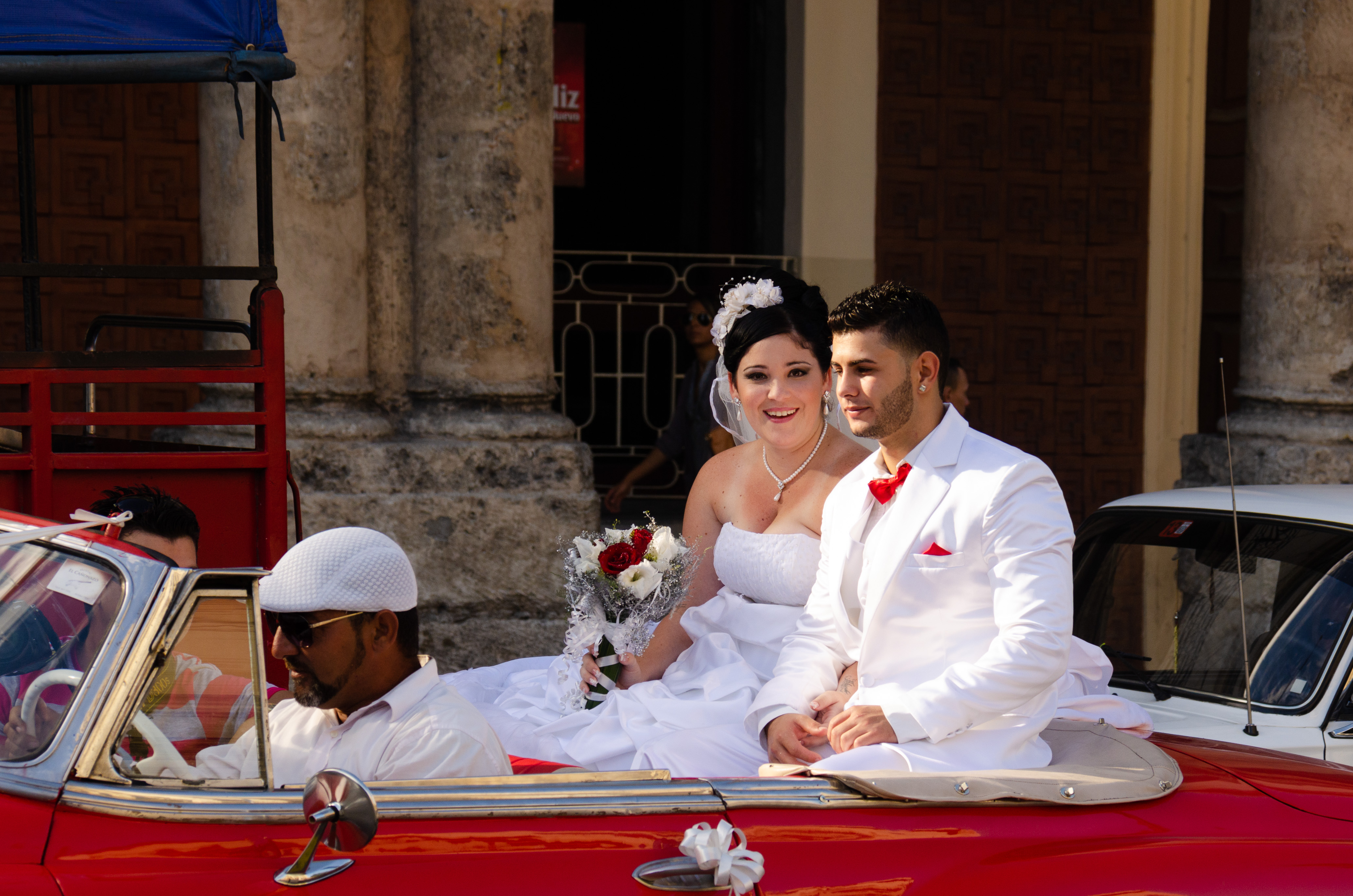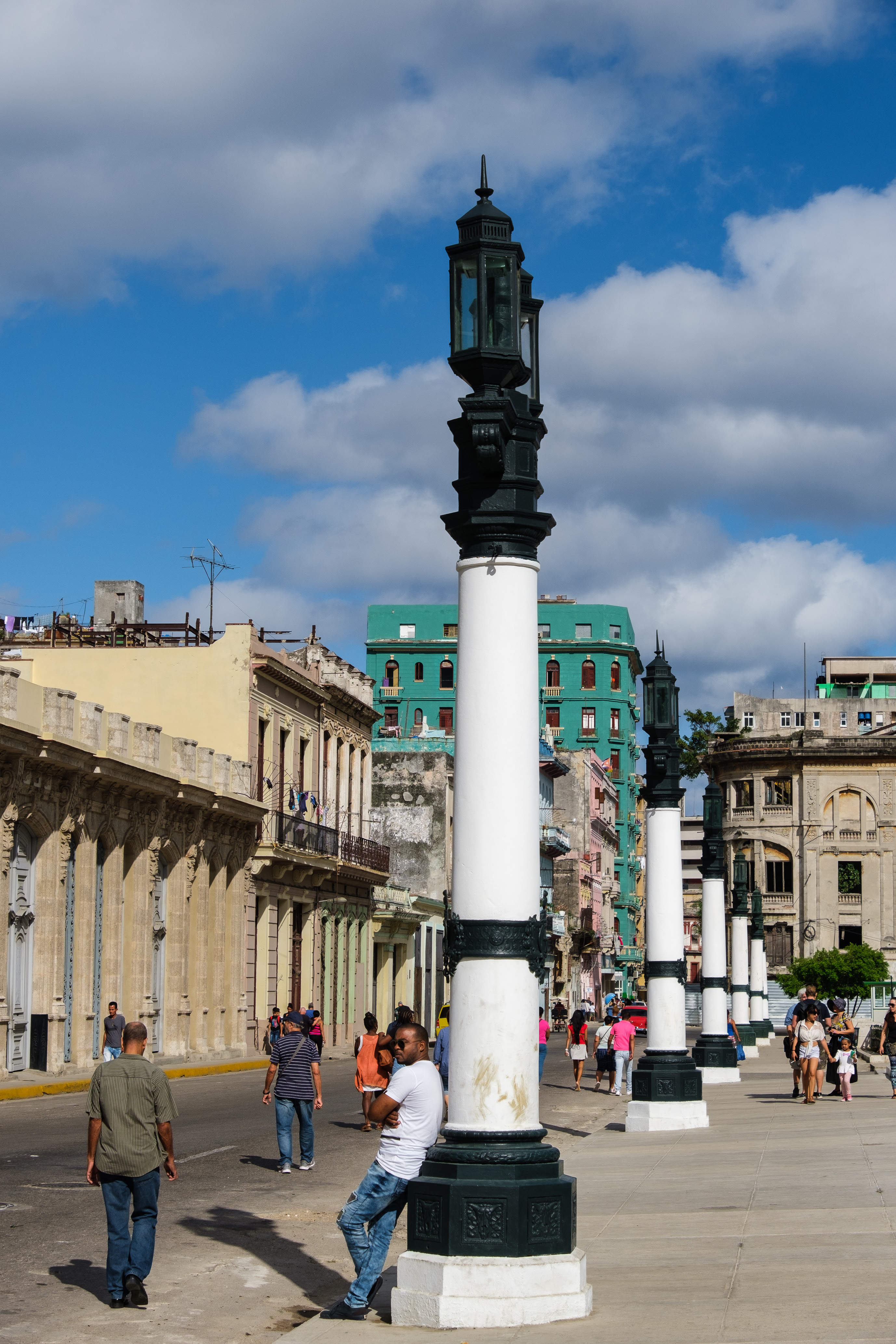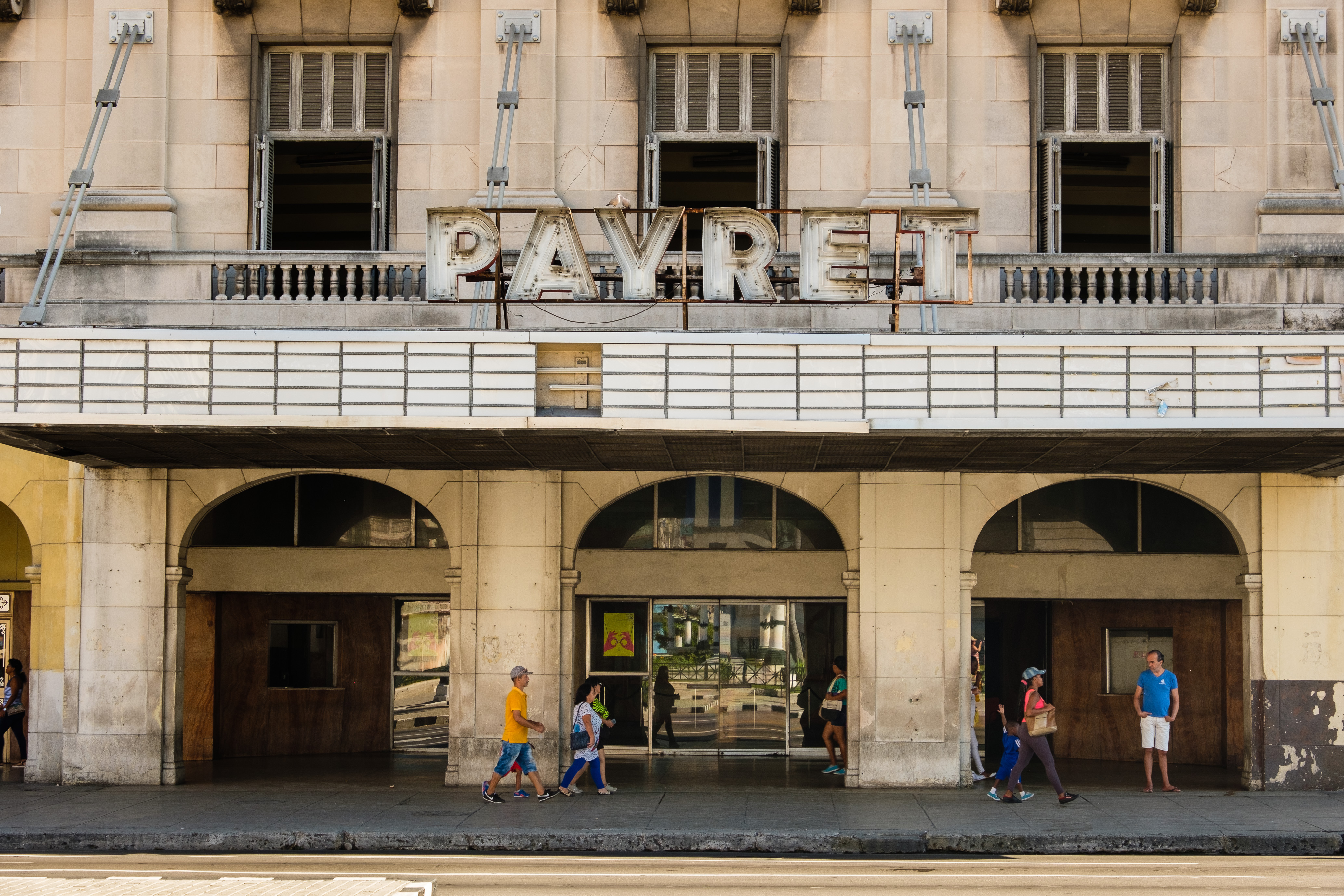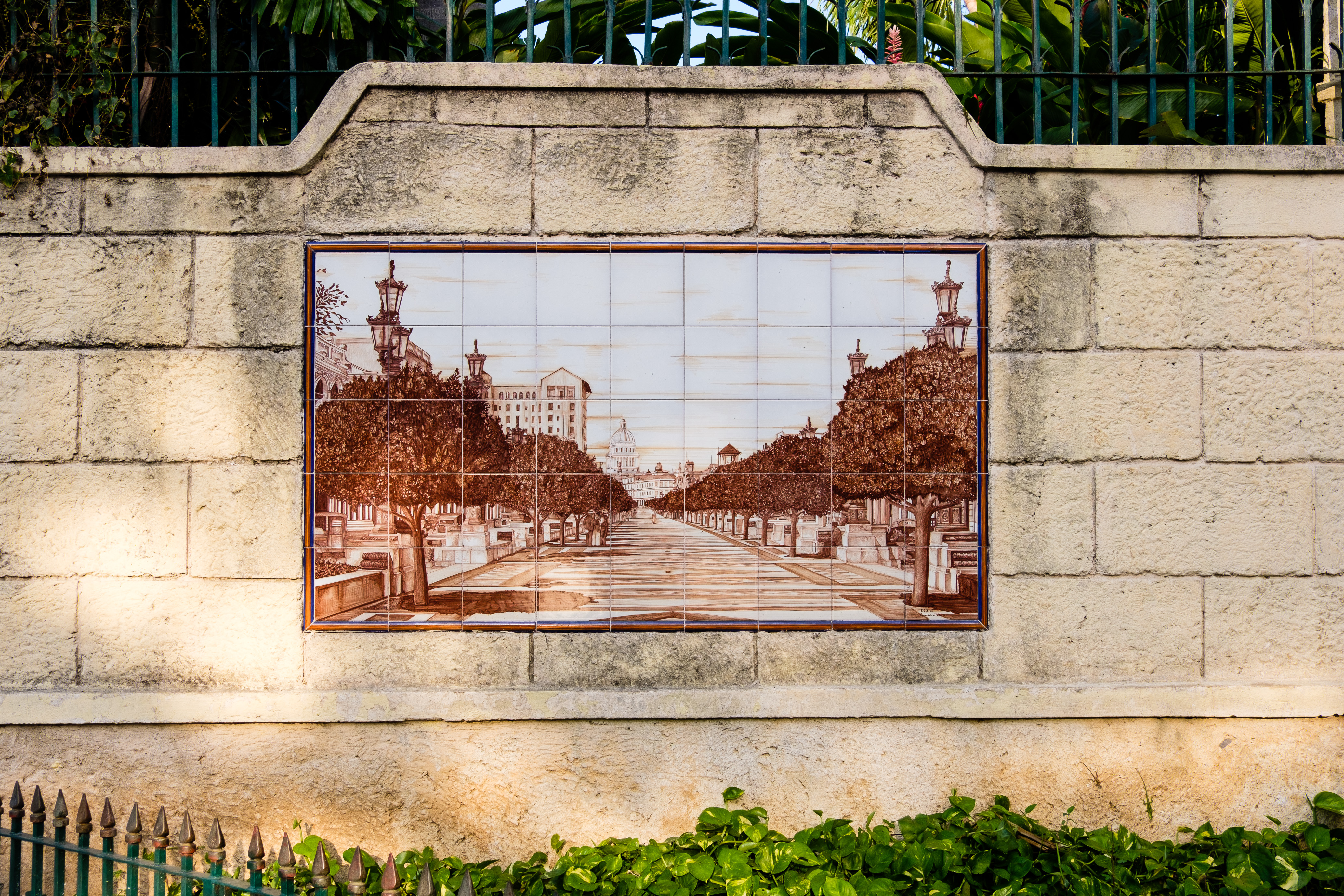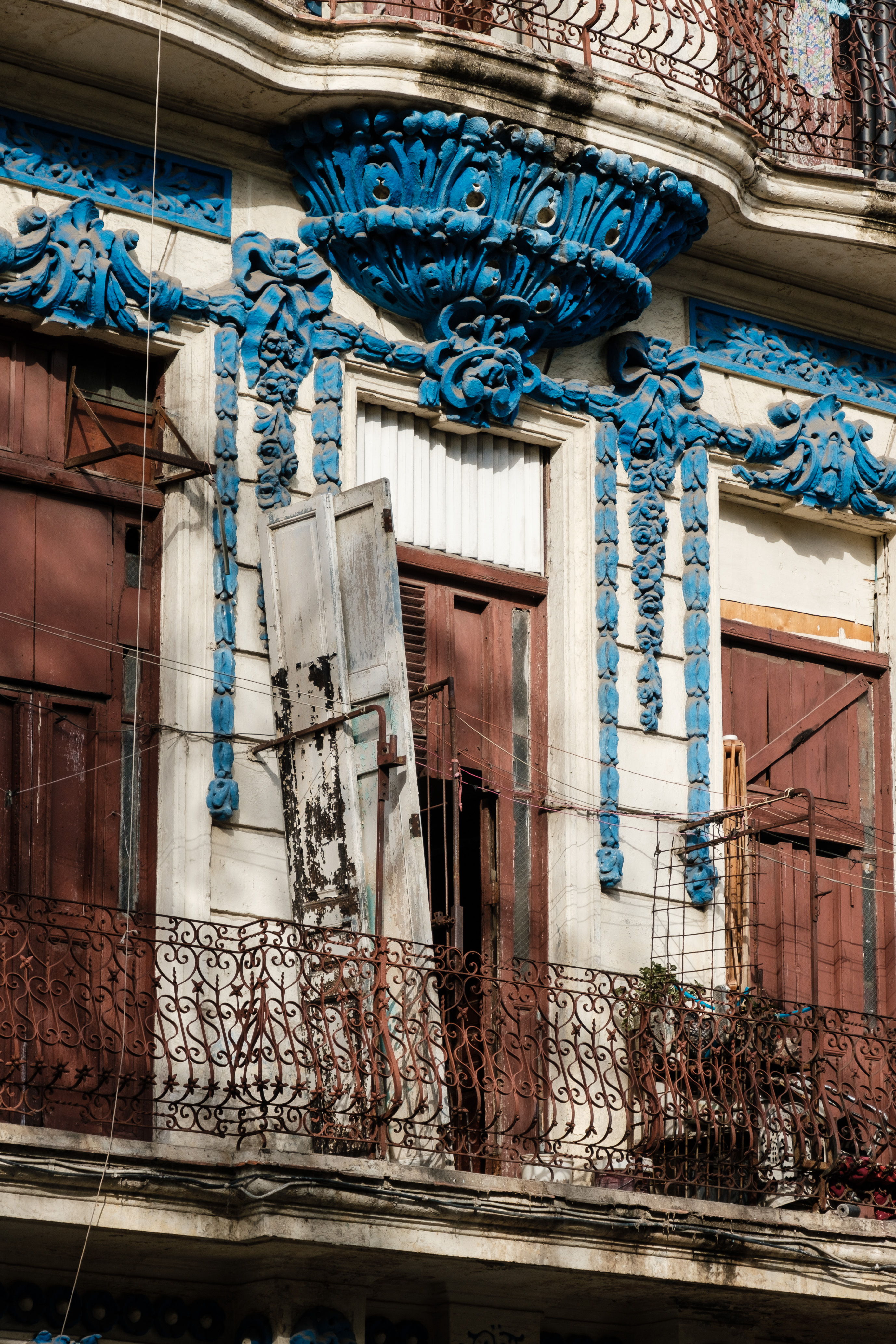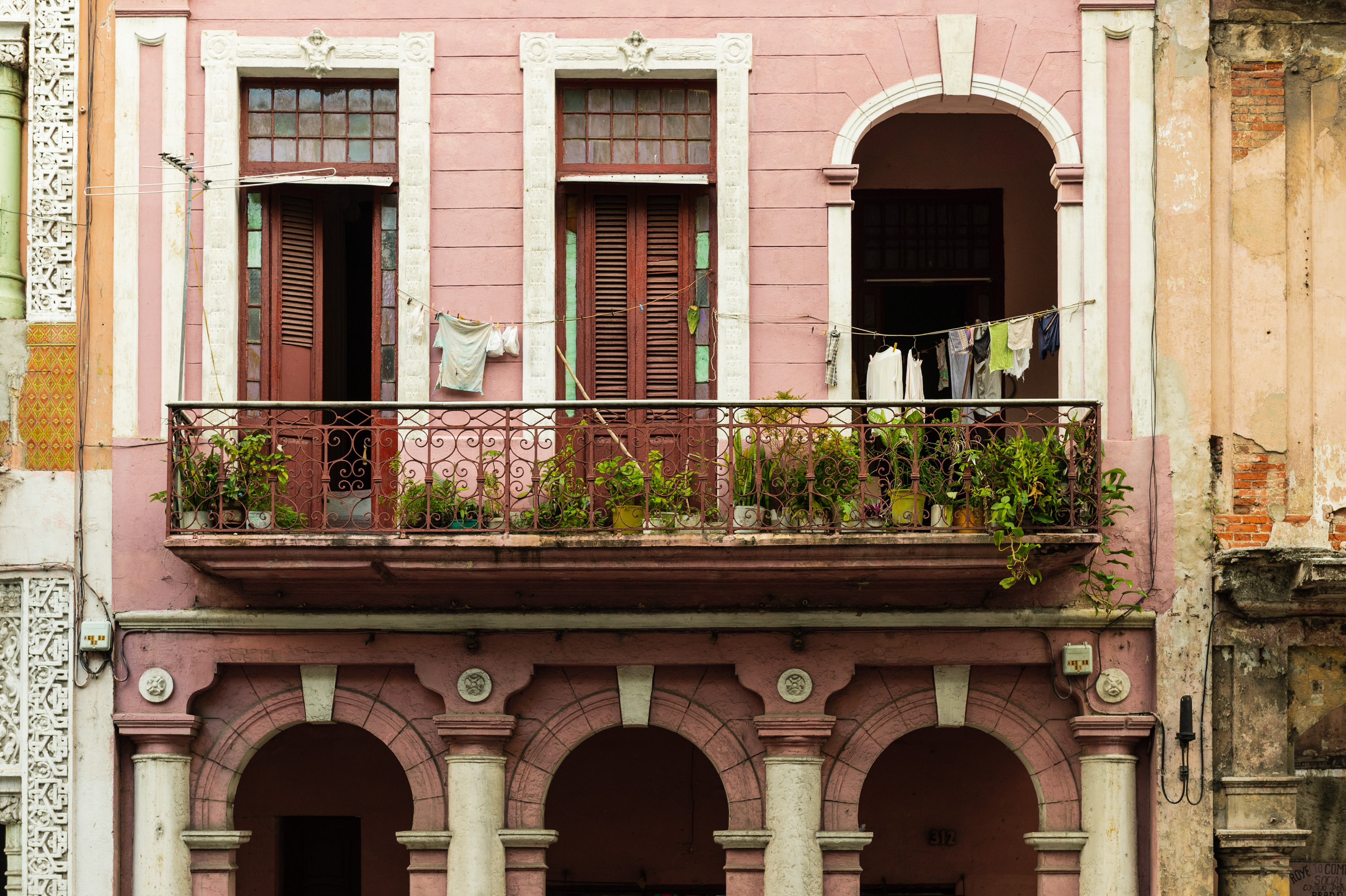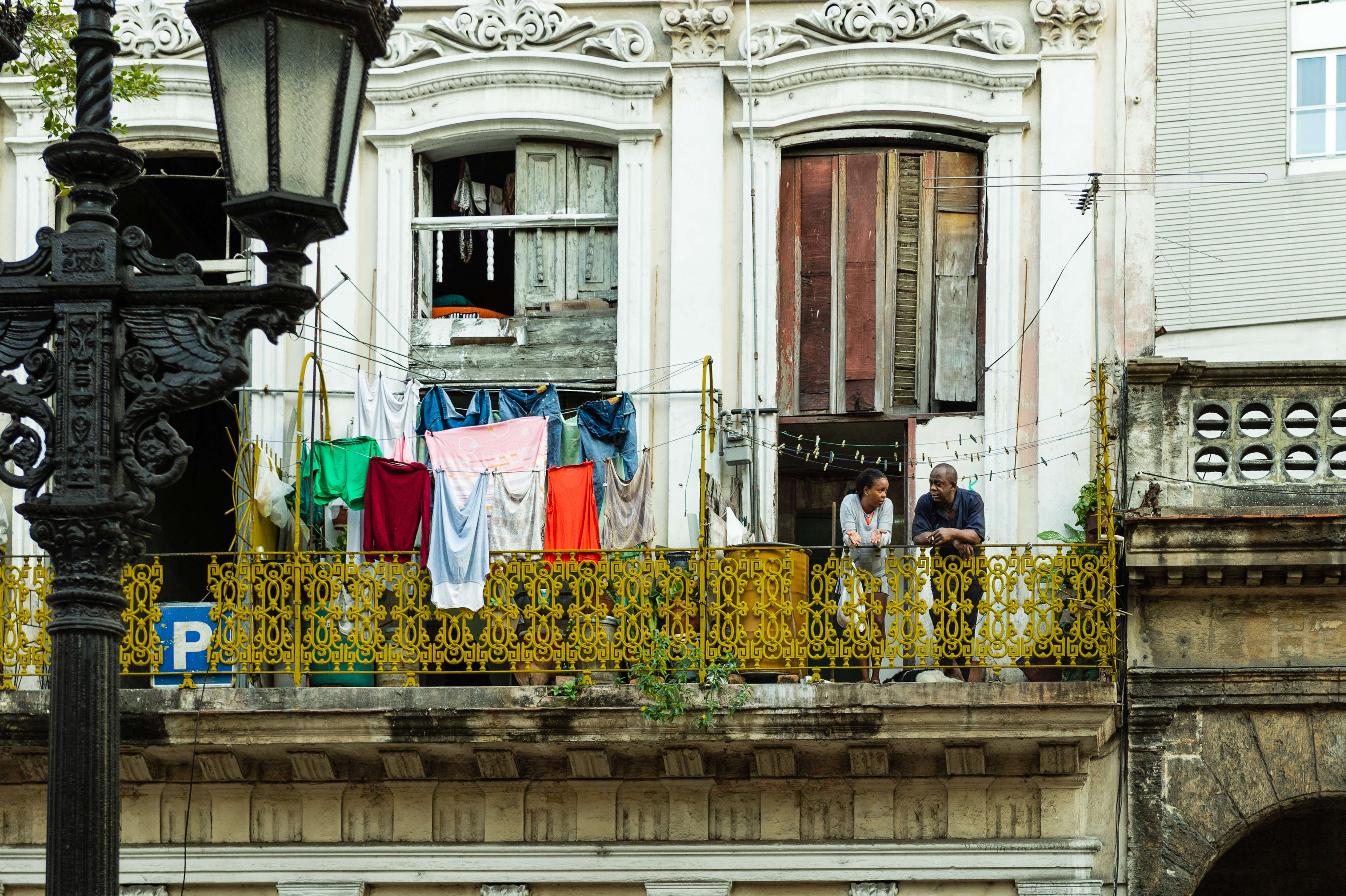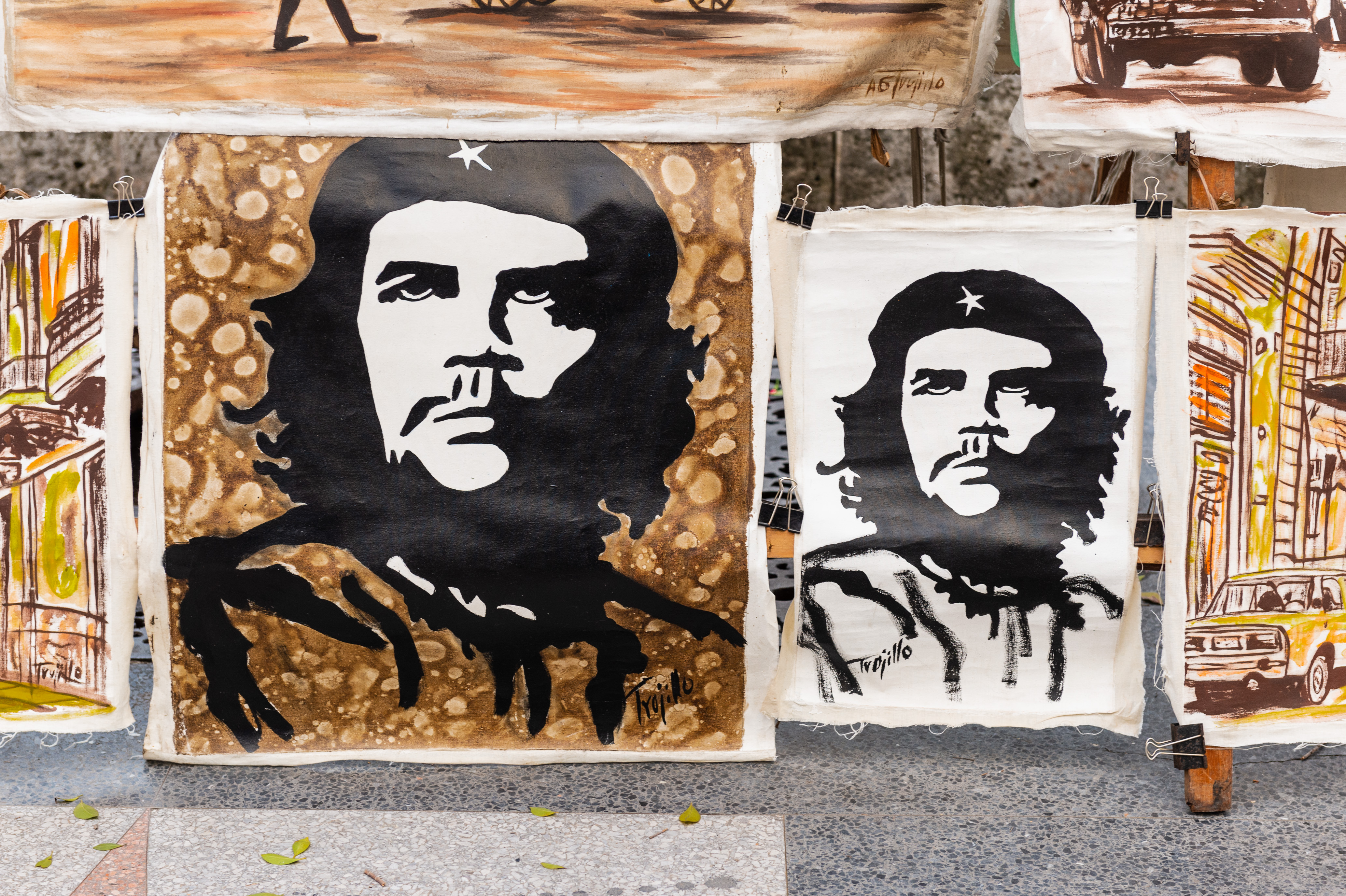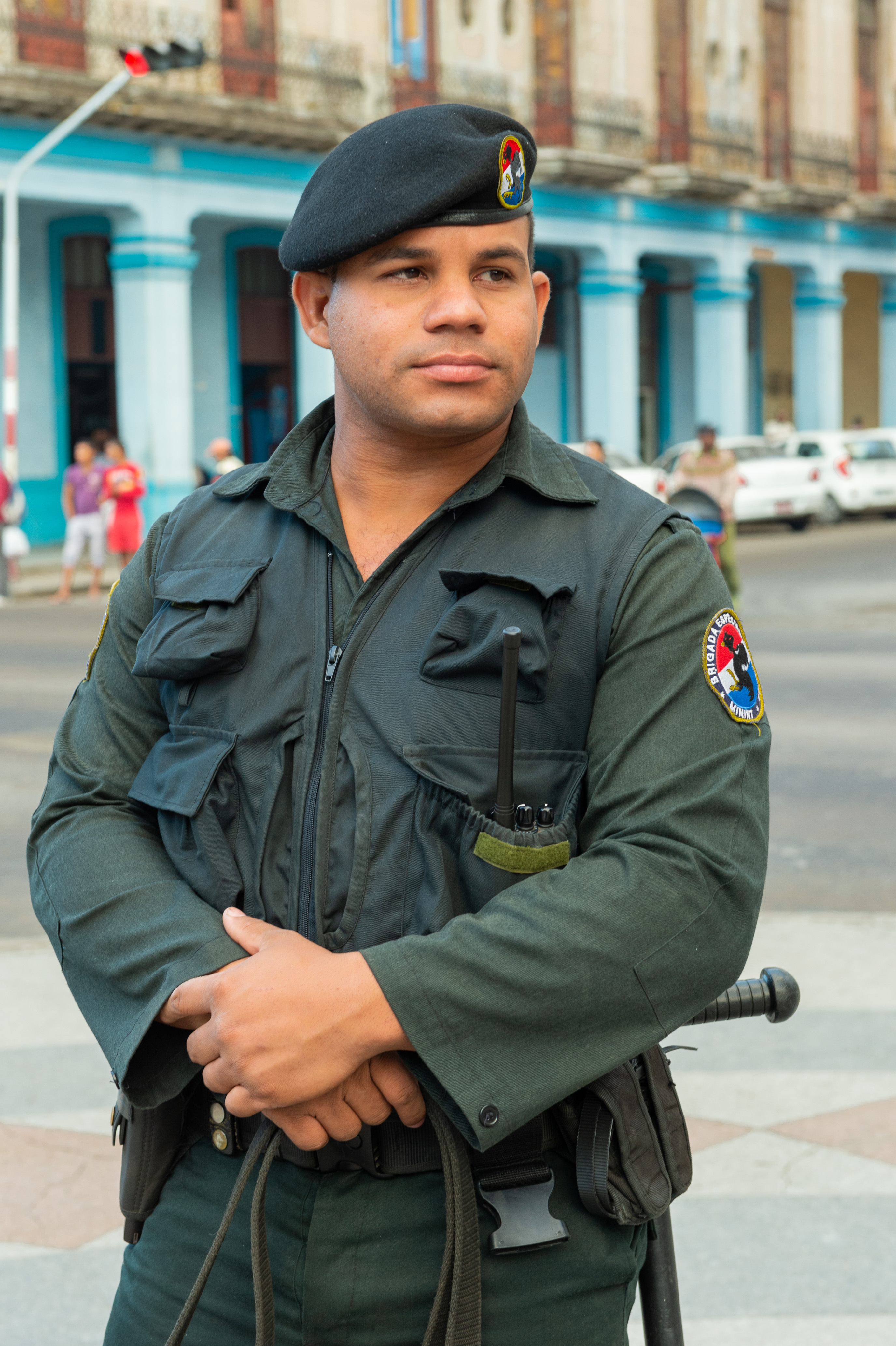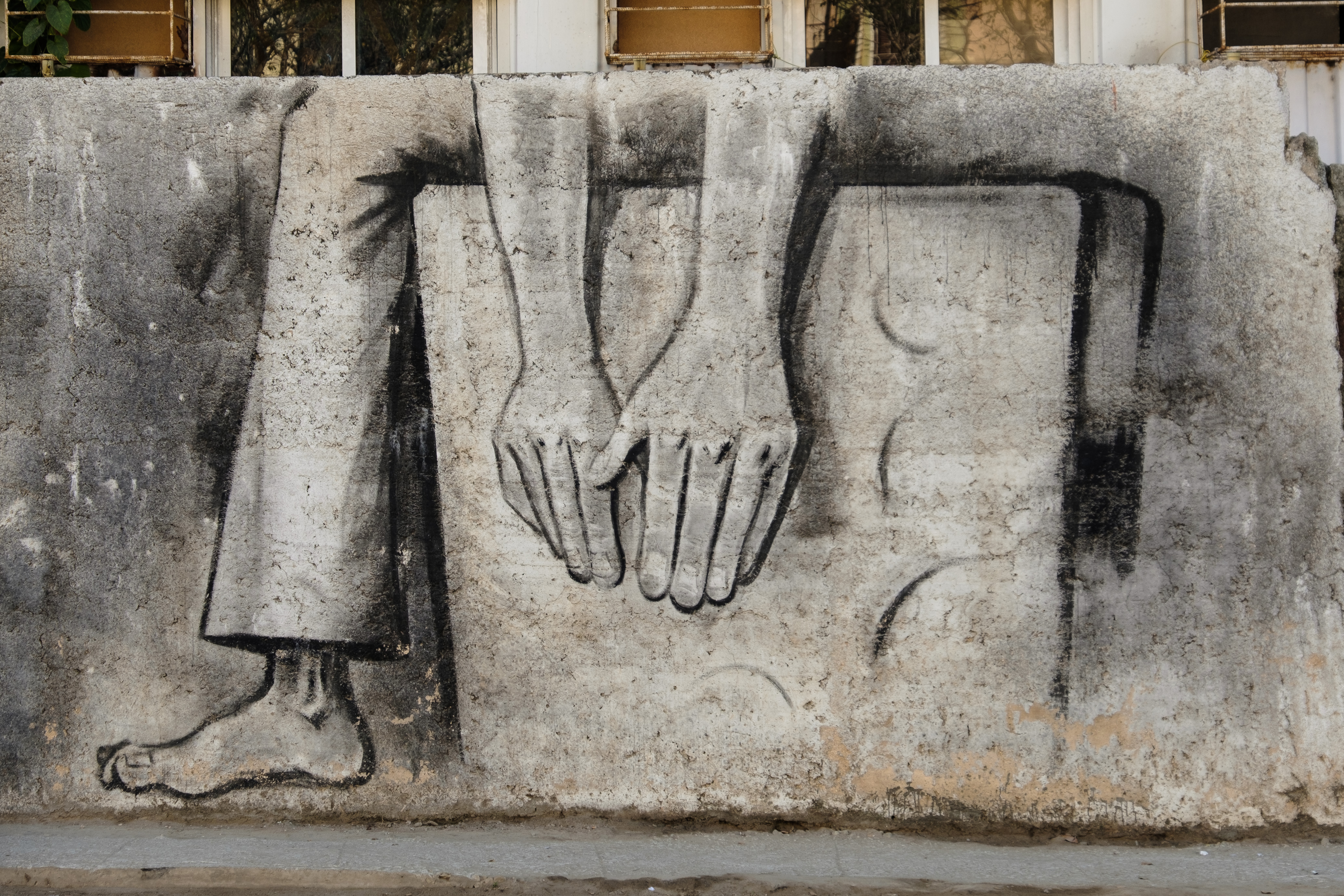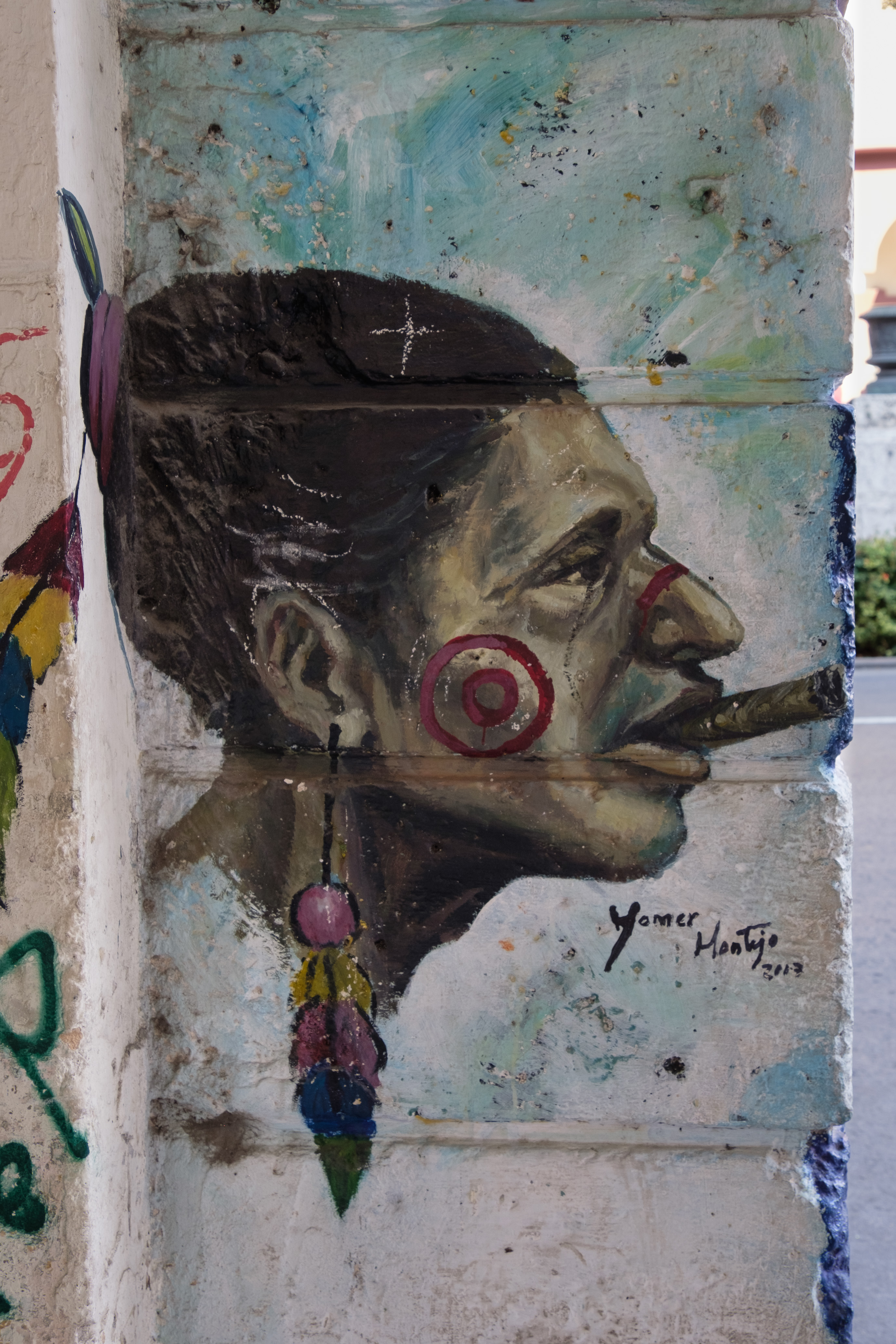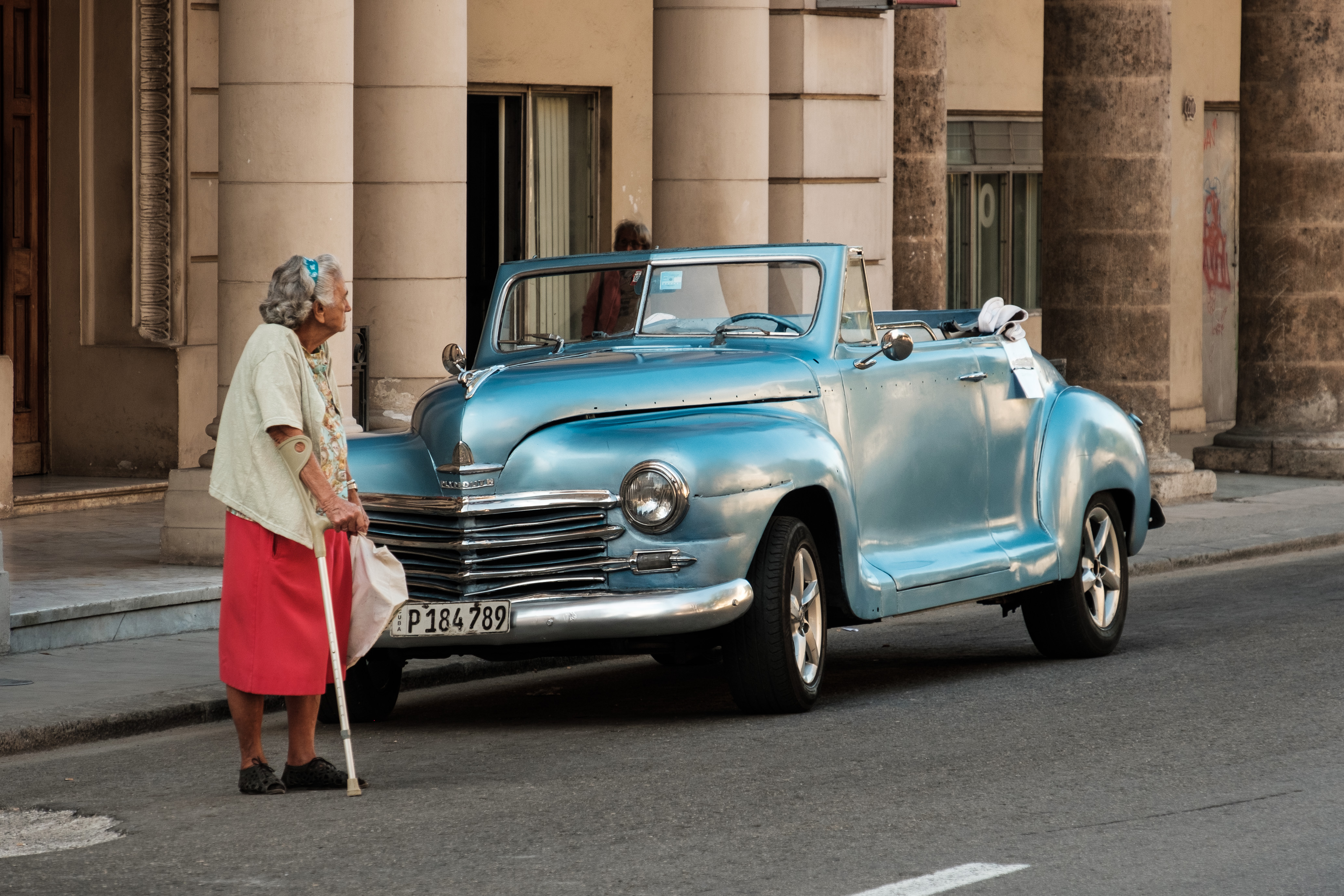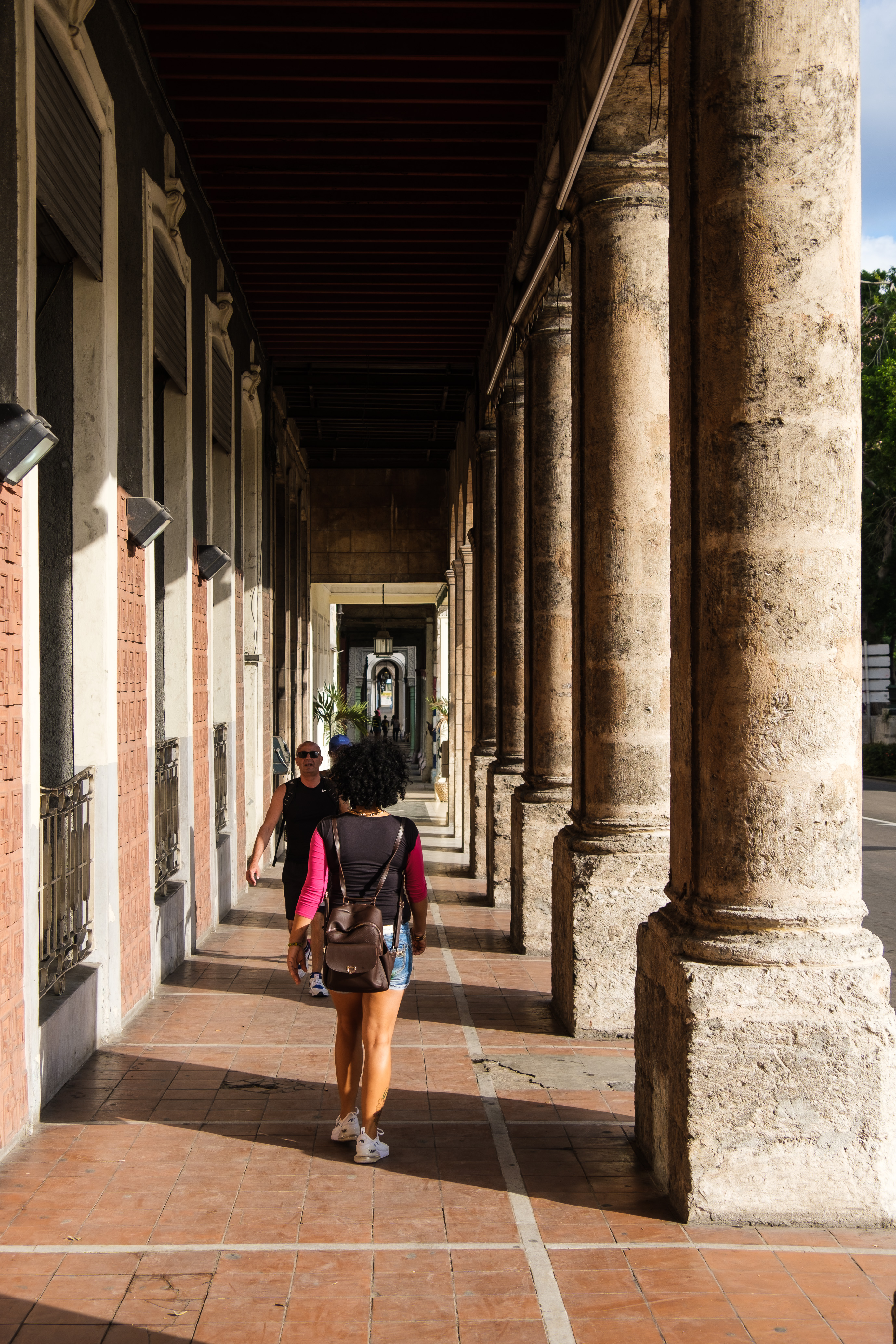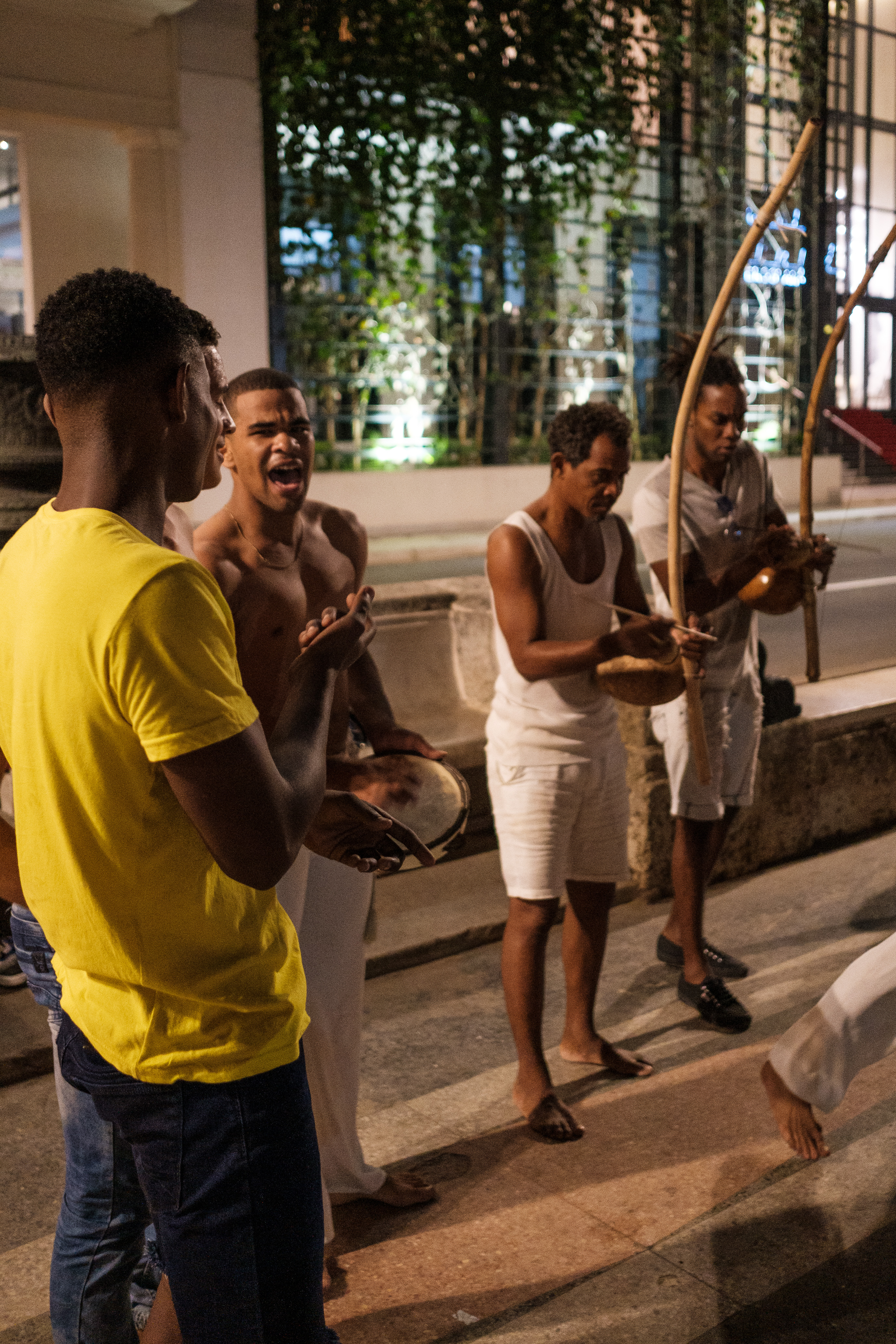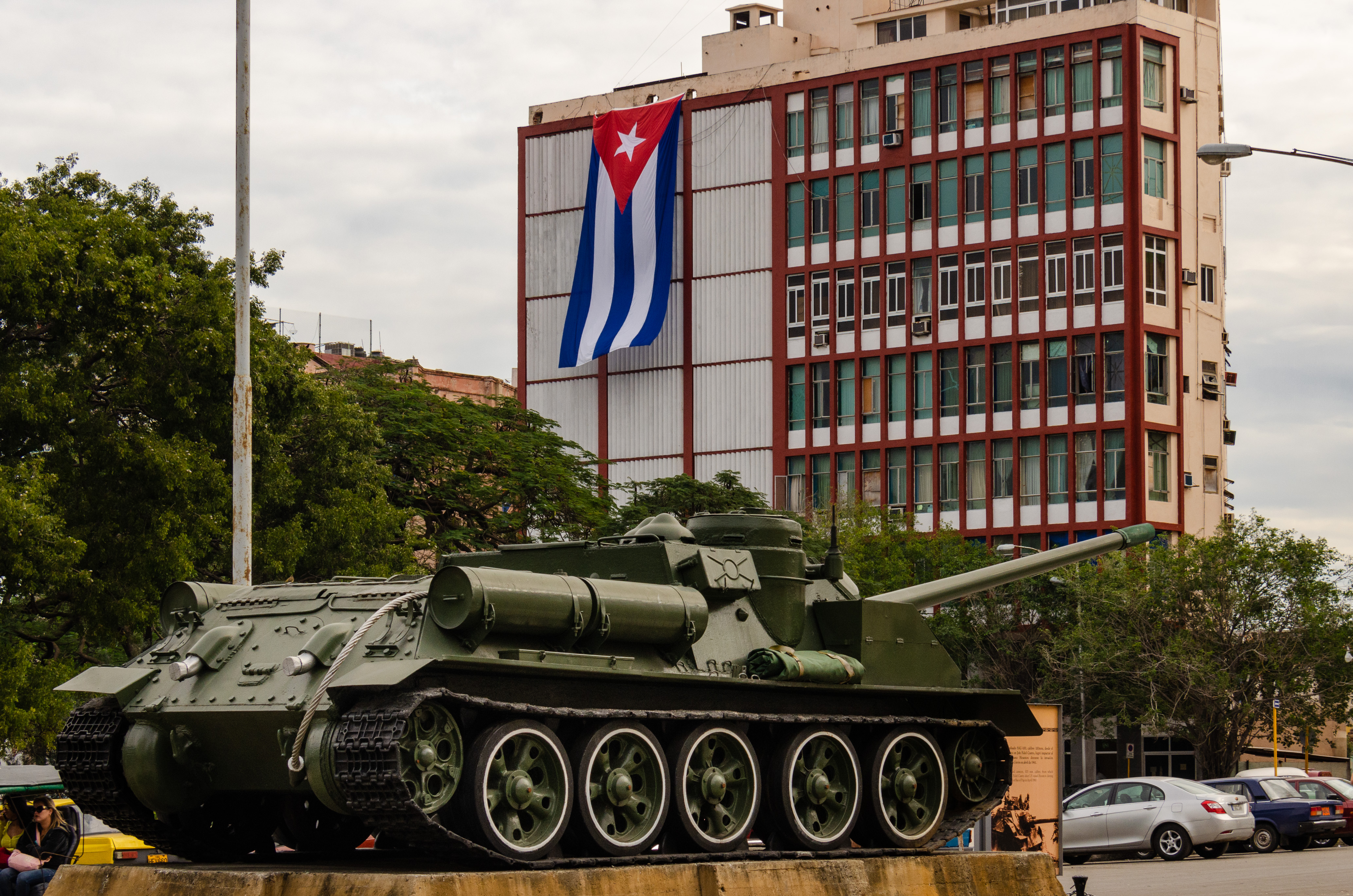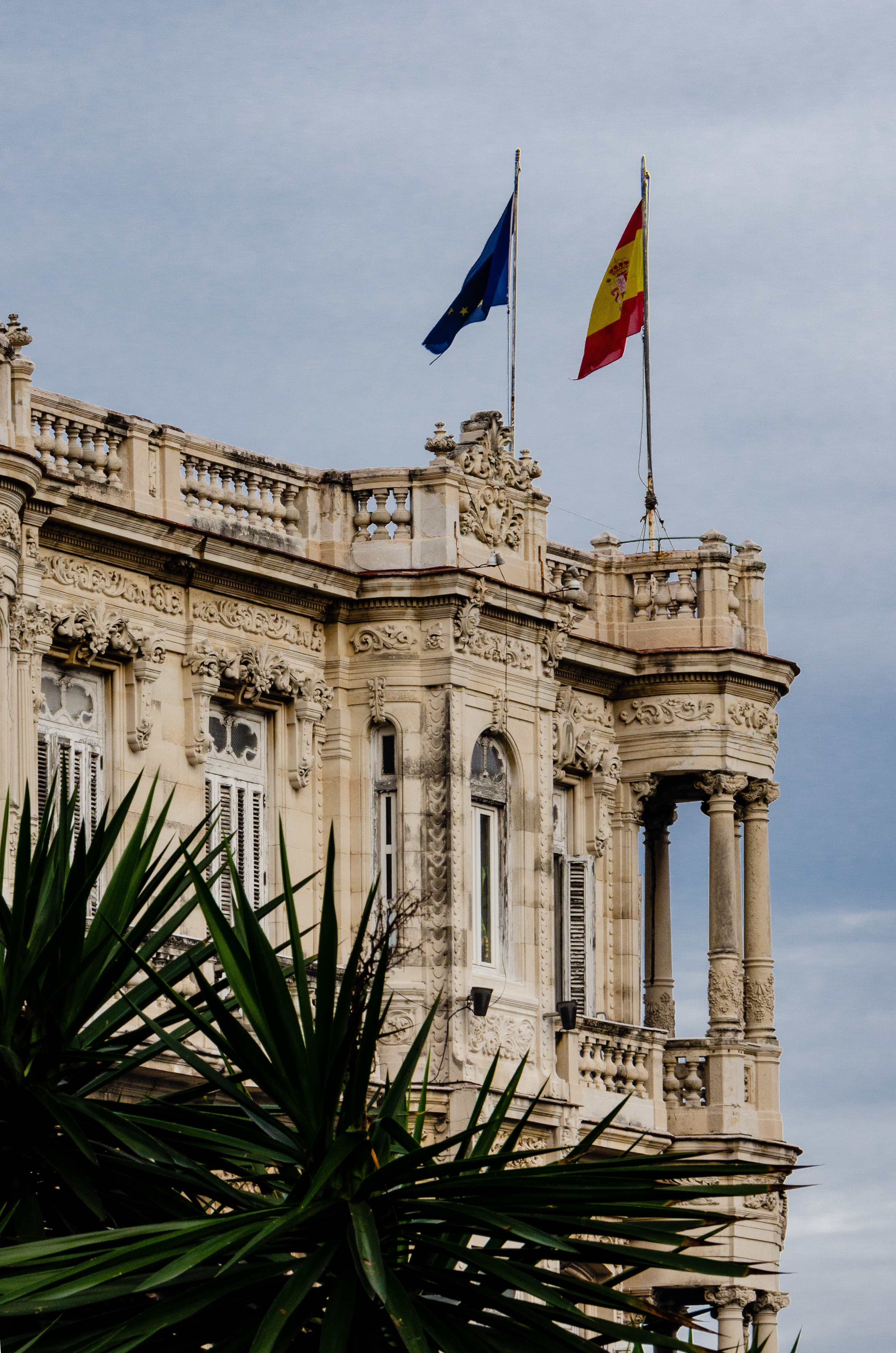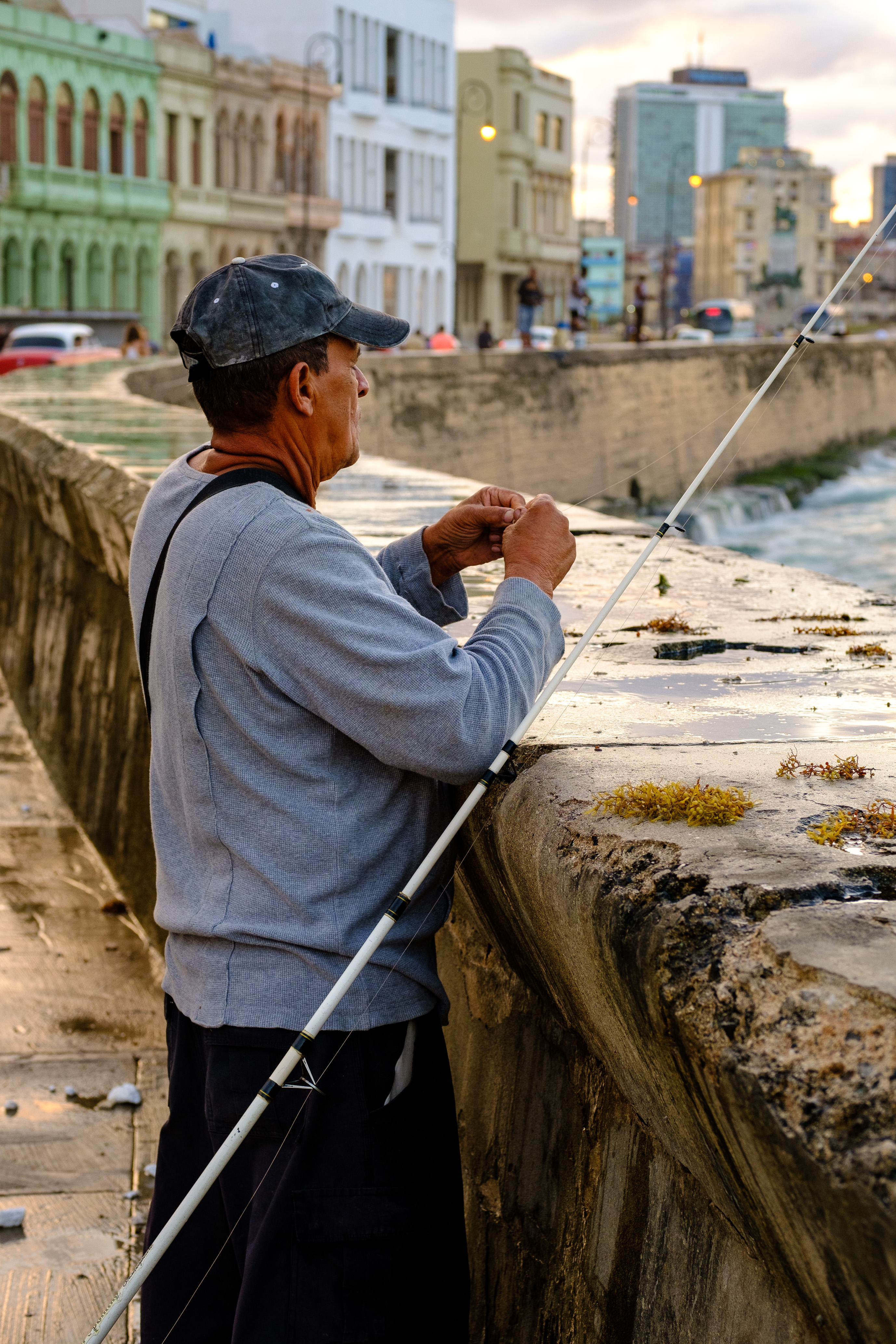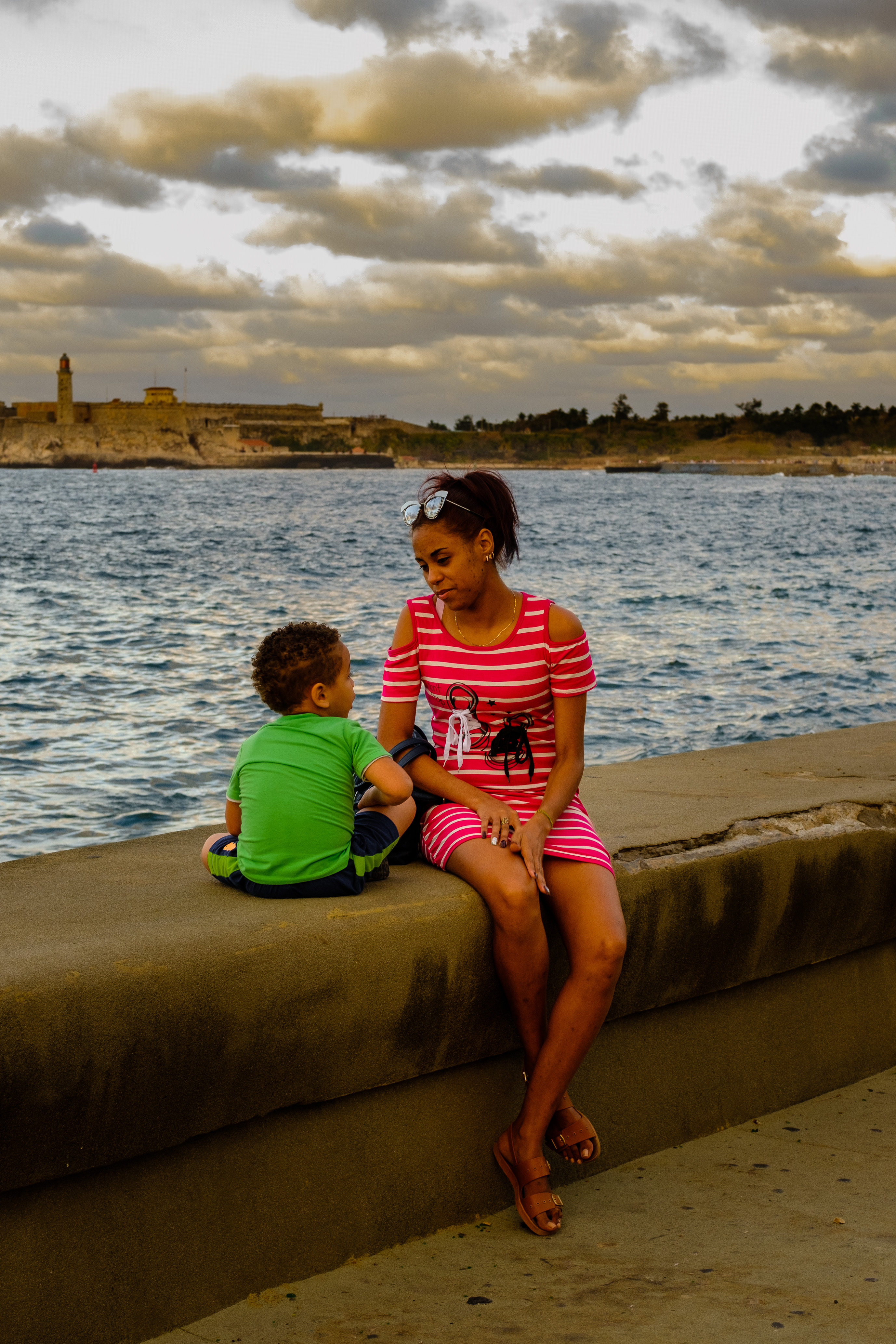A stroll from Parque Central to the Malecón in Havana.
 Welcome back, everyone. ¡Bienvenidos! The travel blog is back online after about a two month break. During the approximately three year period I have been doing these travel posts we have stayed exclusively on the roads less travelled in the USA, but now we are going to do something really different – we are headed to Planet Cuba!
Welcome back, everyone. ¡Bienvenidos! The travel blog is back online after about a two month break. During the approximately three year period I have been doing these travel posts we have stayed exclusively on the roads less travelled in the USA, but now we are going to do something really different – we are headed to Planet Cuba!
First, a preview of what we’ll do in this initial Cuba post for those of you wanting to skip the purple prose and jump ahead to the photos. We’ll start out at Parque Central in Old Havana (Habana Vieja), explore around that area and then start a stroll down the famous Paseo del Prado staying on or very close to it as we walk towards the Spanish era fortress at the entrance to Havana harbor. We’ll then walk the embankment by the Malécon seafront boulevard along the Atlantic in Central Havana (Centro Habana).
How did I get to Cuba and what’s the backstory to all the photos you will see in this and the coming posts? In December 2014 and again in January 2019 I participated in photography workshops in Cuba led by a brilliant NY area photographer, Jay Seldin, who has been doing these workshops for a number of years. Both were group trips as a People to People Educational Exchange under the US travel restrictions in relation to Cuba. In both cases we flew from US airports to and from Cuba. I travelled on my US passport. Lodging, transfers, guides and all that stuff were all pre-arranged. I know that it’s done, but it’s supposedly no easy task to try to put together a Cuba itinerary on one’s own. I am not real big on group travel, but I never could have set all of it up as a solo traveller. I was very thankful for the fine advance planning that was done for us. These were among the best – if not the best – photography workshops I have done in recent memory.
Our workshop director and our local Cuban guides really knew where to take us in Havana and elsewhere. We got to go to some really off-the-beaten-track places to which there is not usually the kind of access we enjoyed (especially with permission to photograph). In Havana, these included a normally closed rehearsal at a premier dance school, watching sparring practice at a legendary boxing gym (where the Cuban Olympic boxing great Teofilo Stevenson trained, among others), and a visit in small groups to communal housing in Habana Vieja. We even had the privilege of meeting with the Cuban photographer José Figueroa at his home studio and viewing his work (he was a student, and then a studio assistant and personal friend, of the great Cuban photographer Alberto Korda).
Cuba was amazing, if a little surreal at times, and the photography was once-in-a-lifetime. The place has real heart. I cannot think of anywhere on all my travels over the last 10-15 years where I have felt more welcome (well, at least after getting through the grumpy entry process at Havana airport), and encountered more courteous people, than I did in Cuba.
Besides seeing and doing a lot, we had a good time. The group camaraderie on both trips was wonderful and one of the special memories. The rum thing sure was very habit forming. I started to get used to those daily mojitos, although a glass of aged Santiago or Havana Club rum “neat”, or with a few drops of water, or even with an ice cube, works just fine, too.
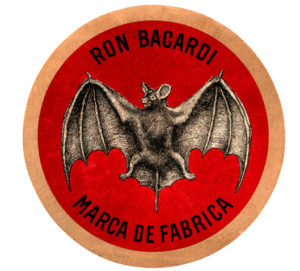 On the subject of Cuban rum, in the photo set below you will see the art deco Bacardi Building (1930) near the Parque Central. It is a real beauty and is considered to be one of the finest Art Deco buildings in Latin America. The Bacardi company hasn’t been in the building since the Cuban Revolution. In 1960 the Bacardi company’s Cuban assets were expropriated by the new Communist regime. Its trademarks, assets and proprietary formulas had already been relocated outside of Cuba, however, before the revolution. The Bacardi rum brand sold in the US and elsewhere internationally today is produced outside of Cuba. The Havana Club rum sold in the US is also not Cuban and is produced by Bacardi in Puerto Rico, but the Havana Club otherwise sold internationally is Cuban. Confused yet? Read here about the history of Cuban rum, and the ongoing international trademark battle between Cuba and Bacardi, if you are so inclined. (That’s a pre-Cuban Revolution Bacardi bat logo.)
On the subject of Cuban rum, in the photo set below you will see the art deco Bacardi Building (1930) near the Parque Central. It is a real beauty and is considered to be one of the finest Art Deco buildings in Latin America. The Bacardi company hasn’t been in the building since the Cuban Revolution. In 1960 the Bacardi company’s Cuban assets were expropriated by the new Communist regime. Its trademarks, assets and proprietary formulas had already been relocated outside of Cuba, however, before the revolution. The Bacardi rum brand sold in the US and elsewhere internationally today is produced outside of Cuba. The Havana Club rum sold in the US is also not Cuban and is produced by Bacardi in Puerto Rico, but the Havana Club otherwise sold internationally is Cuban. Confused yet? Read here about the history of Cuban rum, and the ongoing international trademark battle between Cuba and Bacardi, if you are so inclined. (That’s a pre-Cuban Revolution Bacardi bat logo.)
I am still making up my mind about whether the cigars agree with me…
Havana is quite simply the most over-the-top city I have ever visited. It is hard to think of a second choice that even comes close. Block after block after block of the most extraordinary urban environment I have ever seen (and in varying states of repair – more on that below and in Havana posts to follow). Faded elegance comes to mind. In some parts, very faded. I often had those caught-in-a-time-warp and feels-like-being-in-a-spy-thriller moments as I had experienced before in former East Germany, and what used to be Czechoslovakia, on pre-1989 trips.
Spanish colonial architectural treasures, baroque beauties, art deco, art nouveau, mid-century modern, Soviet style brutalist monstrosities – Havana certainly is one of the more architecturally diverse cities I have seen. It is said to have the finest collection of surviving Spanish-colonial buildings in all of the Americas. And no Starbucks! No McDonalds! Very little signage. No interstates cutting through the city like a knife through the urban heart.
There’s a life to the country that one can palpably feel – people everywhere. The music was everywhere too. Just remarkable.
Certainly, Cuba is a country of great contrasts. Exceptional physical beauty, incredible people, an extraordinary built environment, a rich culture … and on a somber note sometimes just shocking living conditions and urban decay. The country has a struggling economy, and there is some pretty serious poverty. Keep in mind that in this first post we are going to be walking around the touristy historic center of Havana where there has been a fair amount of building restoration and preservation and where the tourist money flows. These are the truly nice bits – it’s as good as it gets. In the coming posts you will see more of the other Cuba – I need to caution that other parts of Havana and the rest of Cuba don’t necessarily look like what’s in this set of photos. That’s not to say that it’s unattractive elsewhere; to the contrary, I much preferred being away from the most popular touristy areas and seeing more of the “real Cuba” both elsewhere in Havana (districts like Regla) and in provincial cities (Pinar del Río, Matanzas, Cienfuegos, and Trinidad, among others).
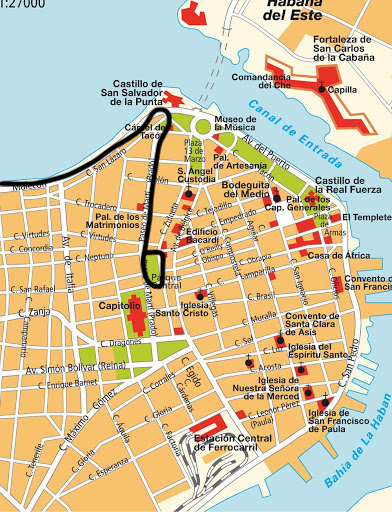 In this post we will start out in Havana (“La Habana” in Spanish). The first time we spent a good part of the trip in Havana. On the second trip, we explored other parts of the island more than Havana. For that reason, in the first series of posts you will probably see more 2014 photos than 2019.
In this post we will start out in Havana (“La Habana” in Spanish). The first time we spent a good part of the trip in Havana. On the second trip, we explored other parts of the island more than Havana. For that reason, in the first series of posts you will probably see more 2014 photos than 2019.
Let’s get started.
On both trips we stayed right by the Parque Central (circled on the map) which is said to be the social hub of Habana Vieja. Besides being a fantastic location there was an area right by the park which was a congregation point to get a taxi or even a city tour in vintage American cars which are everywhere, although there are some new cars, too, plus many Soviet era Ladas. I couldn’t get enough of the old cars. It will be a recurring item in these posts, and I hope you do not get tired of them.
After exploring around the Parque Central area, including the National Capitol Building and the Bacardi Building close by, we will walk the promenade along El Prado (also called the Paseo de Martí) all the way to the colonial era Castillo San Salvador de la Punta fortress at the entrance to the bay in Havana (Bahía de la Habana). See my mark-up on the map. The Prado is one of the great walks in Havana. It forms the western edge of Habana Vieja and is the boundary with Centro Habana. We’ll make a couple of short detours along the way. That tank by the nearby Museo de la Revolución is a Soviet SAU-100 used by the victorious Cuban forces in the failed Bay of Pigs invasion in 1961.
Where the Prado meets the entrance to the harbor channel we will turn left and head for the ocean front promenade called El Malecón in Habana Central. At the end of the set we will bounce around a little bit: a couple more shots at dusk back near the Parque Central and finally two nighttime shots – one of another Spanish fortress on the other side of the harbor channel and another from the hilltop also on the other side overlooking Habana Vieja.
On a final note, one of the pleasures of photography in Cuba is photographing the people. We’ll see some of that in this first post, but future posts will have much more of it. The people-to-buildings ratio in this one will be smaller.
Next posts: Habana Vieja – walkabouts in Old Havana.
Click on (or tap) an image to expand it, and use the arrow to the right on an expanded image to go through the set, if preferred over scrolling down in the post.
¡Viva Cuba!
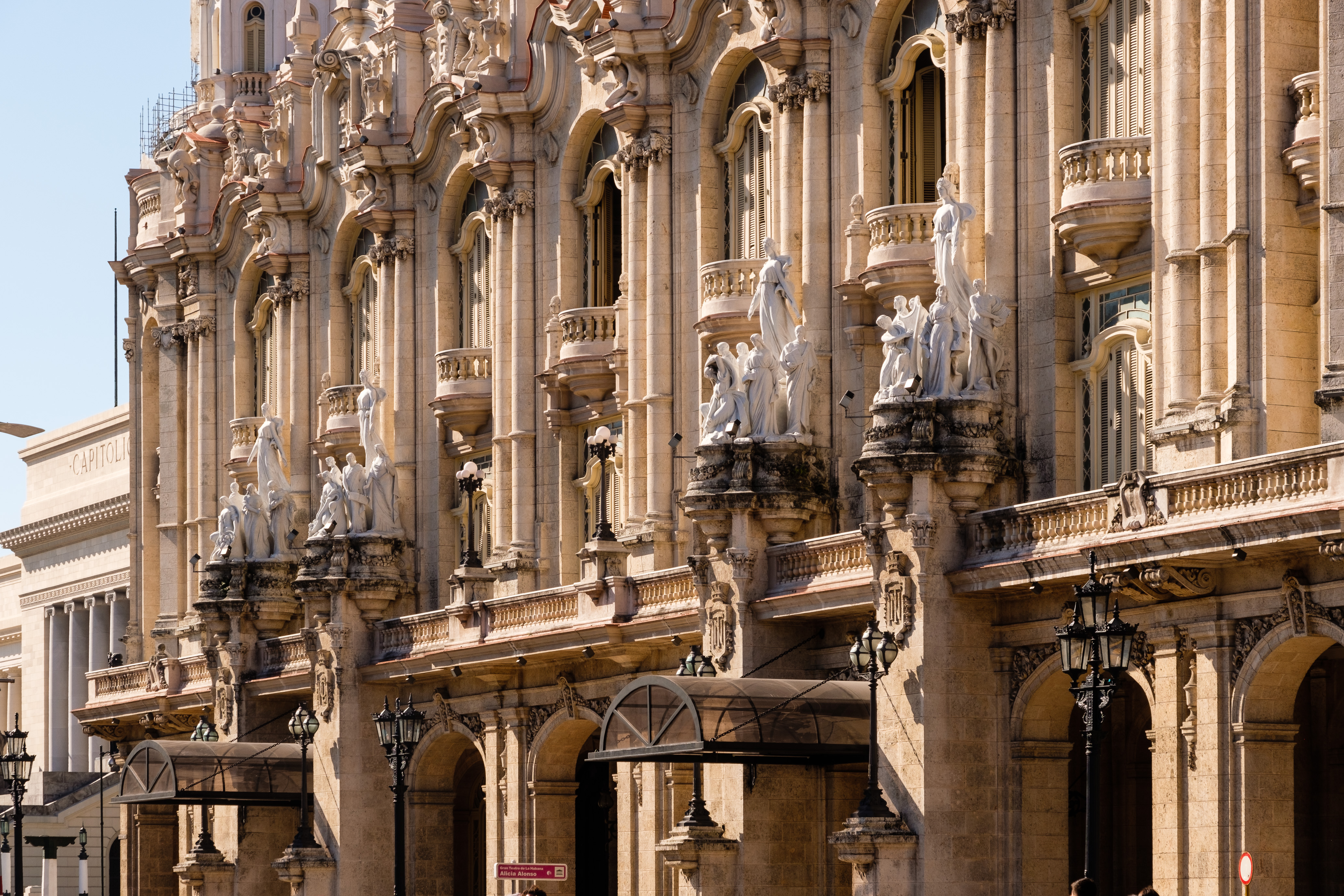
Gran Teatro de La Habana (f/k/a Palacio del Centro Gallego), 1914, with a partial view of the National Capitol Building (El Capitolio),1929, La Habana, December 2014
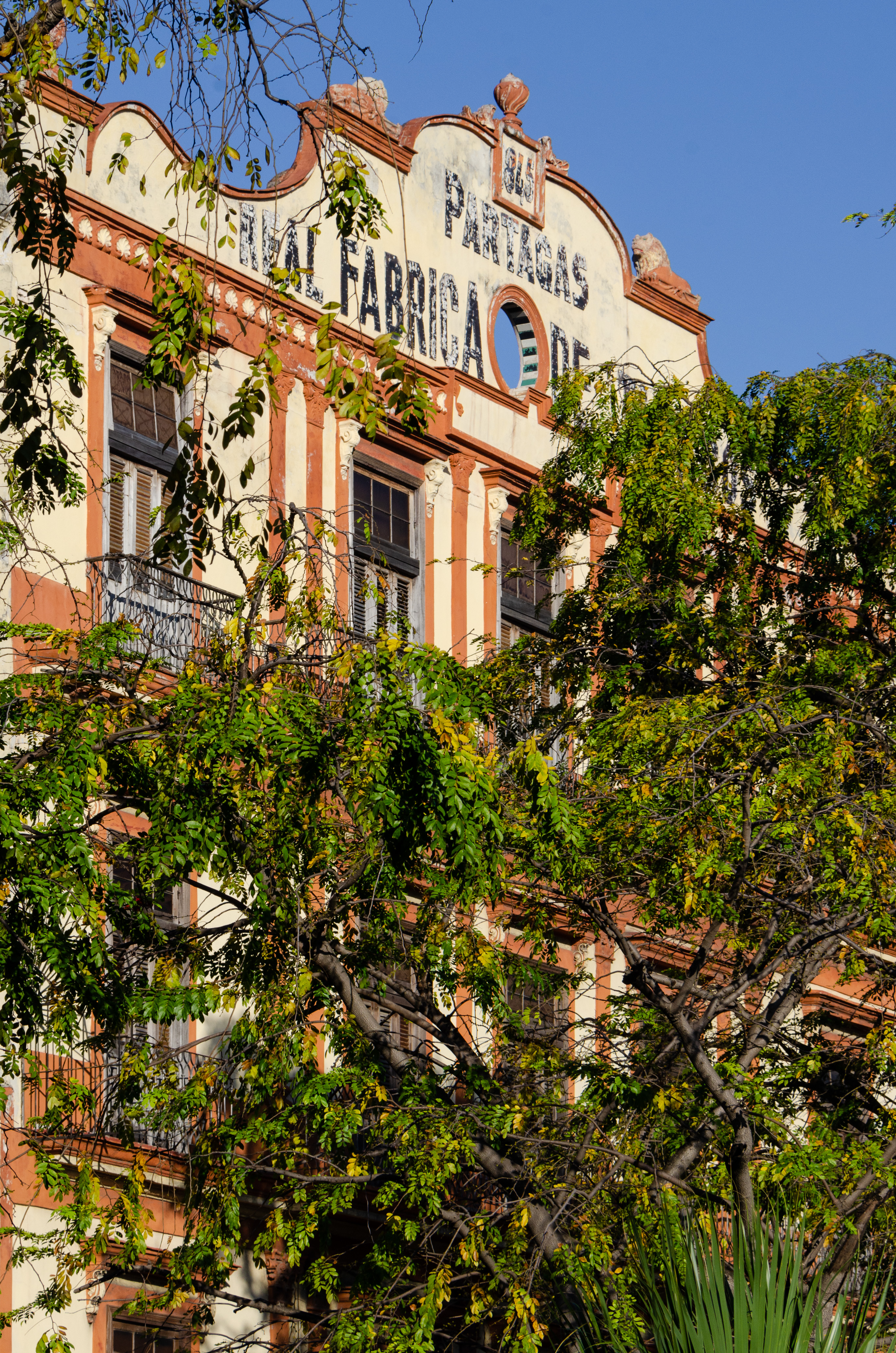
Partagas Factory building on Calle Industria (Partagás Real Fabrica de Tabacos), La Habana, December 2014

The former Casino Español, 1914, now the Marriage Palace (Palacio de los Matrimonios), Paseo del Prado, La Habana, January 2019

Cuban National Ballet School (Escuela Nacional de Ballet), Paseo del Prado, La Habana, December 2014
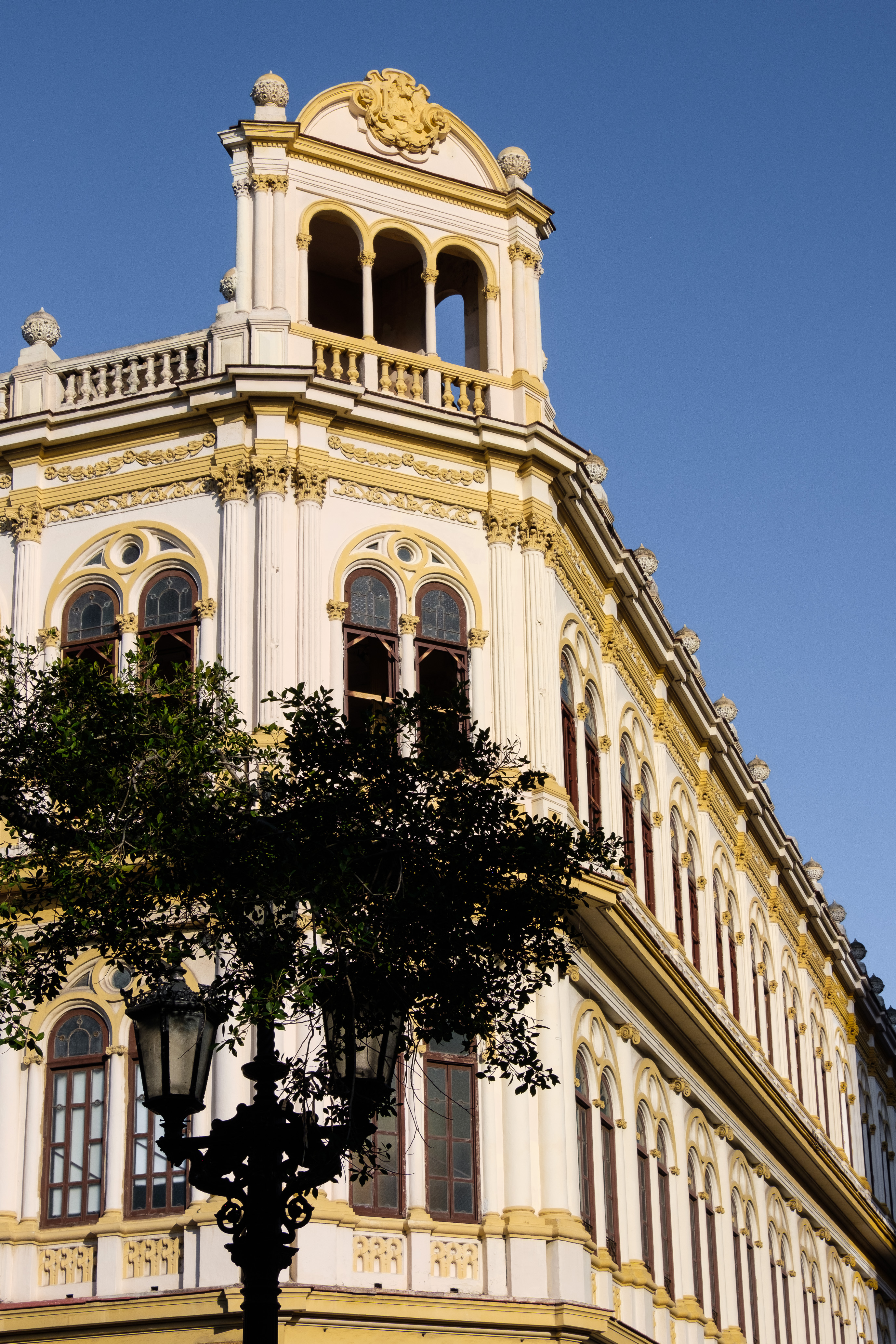
Cuban National Ballet School (Escuela Nacional de Ballet), Paseo del Prado, La Habana, December 2014
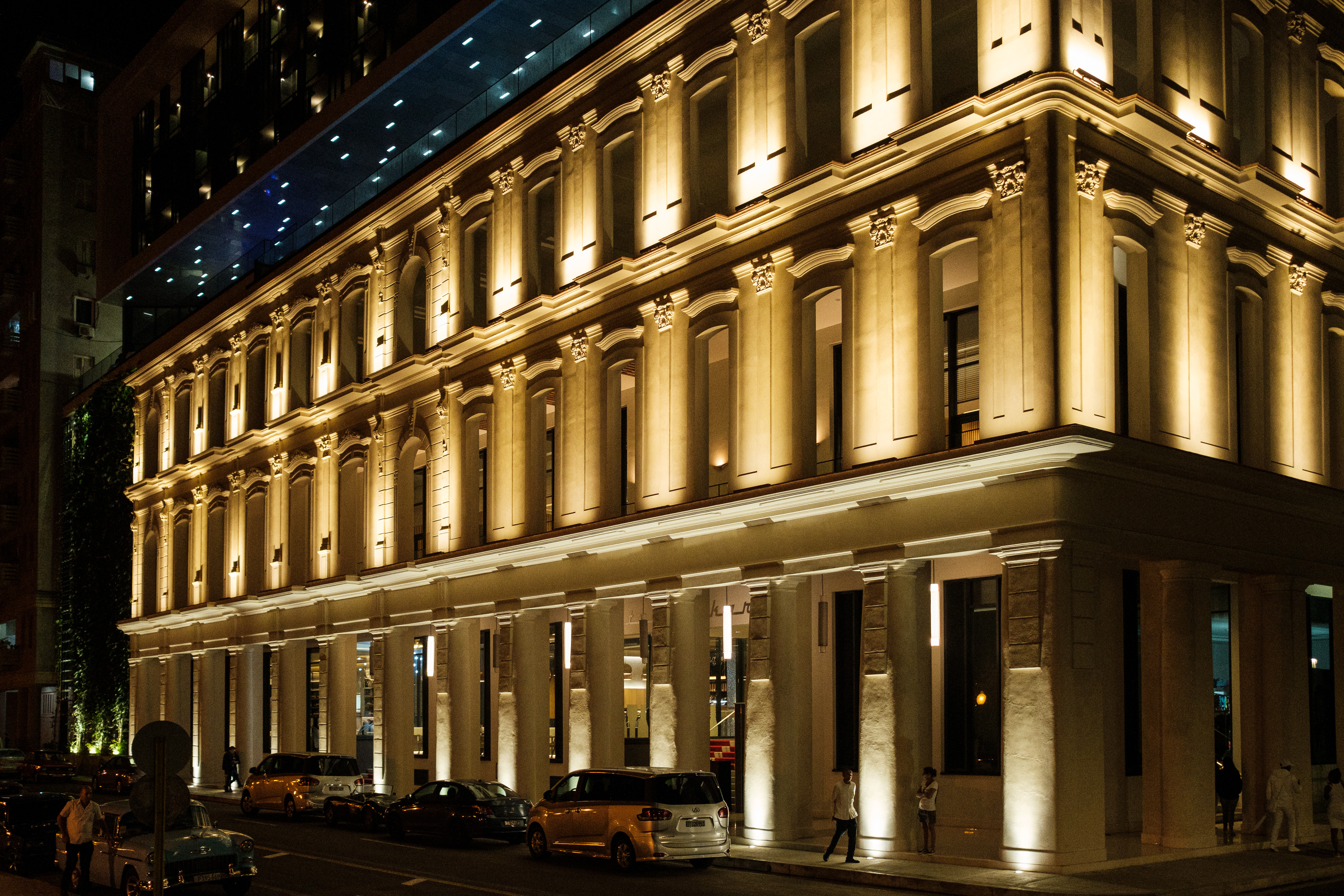
The former Hotel Biscuit and later the Packard (now the Iberostar Grand Packard), Paseo del Prado, La Habana, January 2019

Iglesia del Santo Angel Custodio, on La Loma del Angel (The Hillside of the Angel), La Habana, December 2014

The former Presidential Palace (Palacio Presidencial), 1920, now the Revolution Museum (Museo de la Revolución), La Habana, December 2014

Primavera sculpture for the 2015 Havana Biennial (Rafael San Juan), El Malecón, La Habana, January 2019


